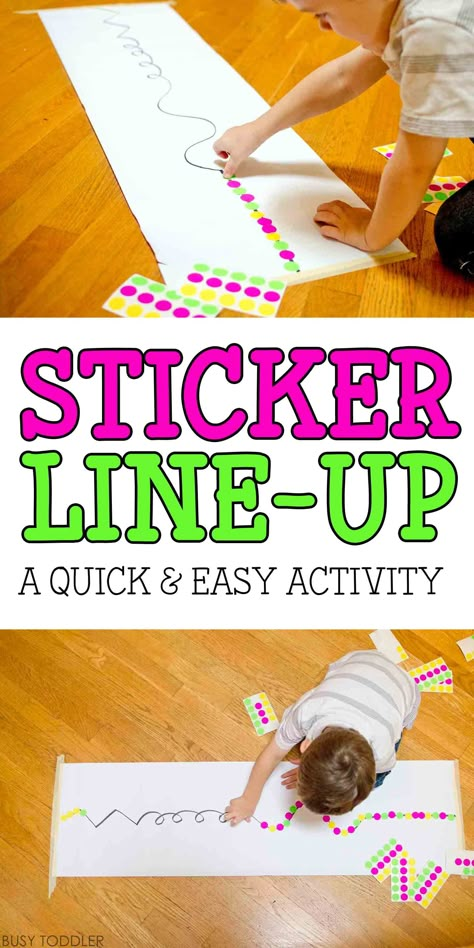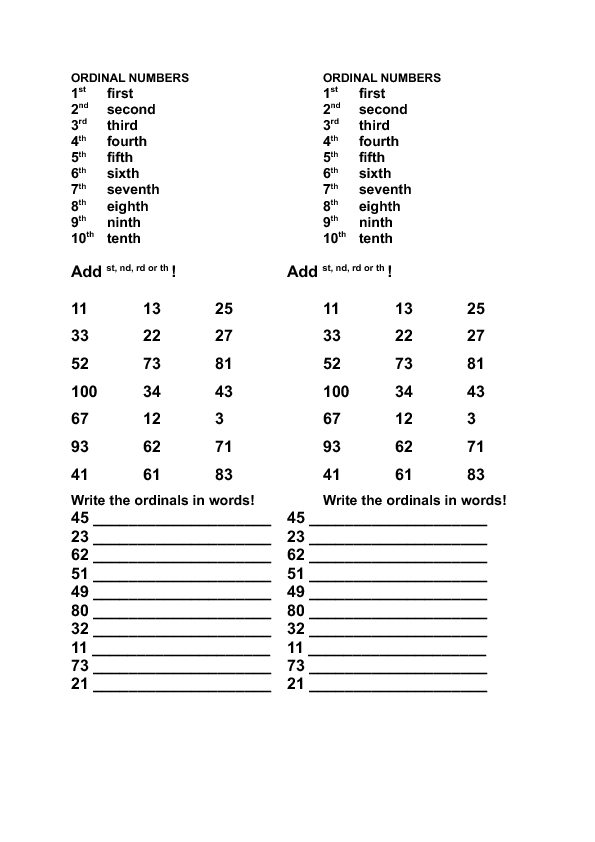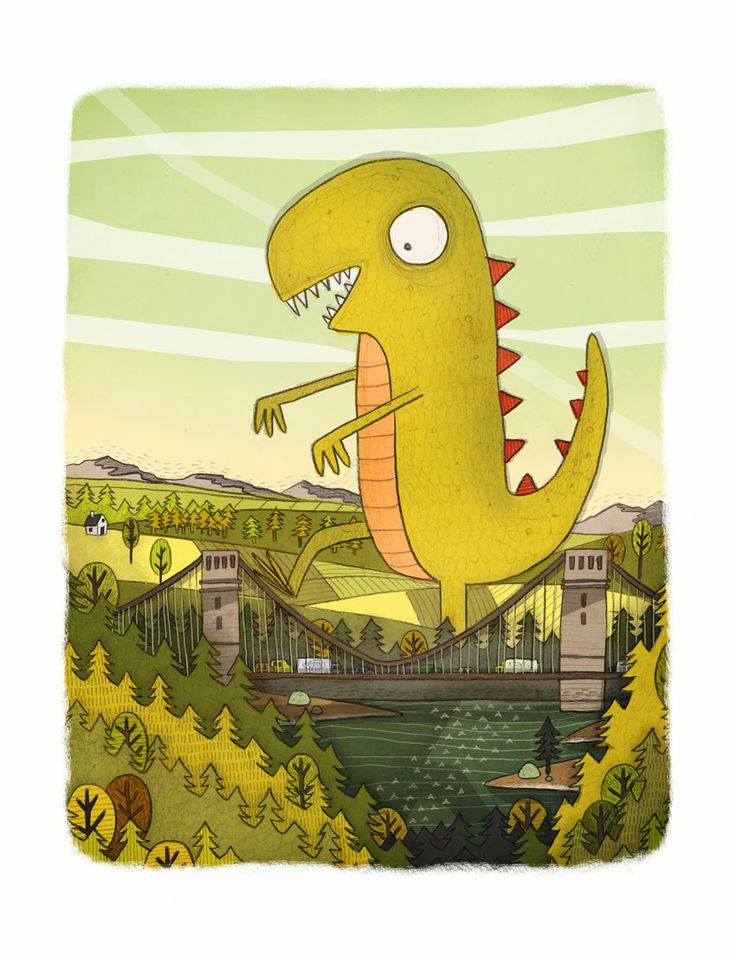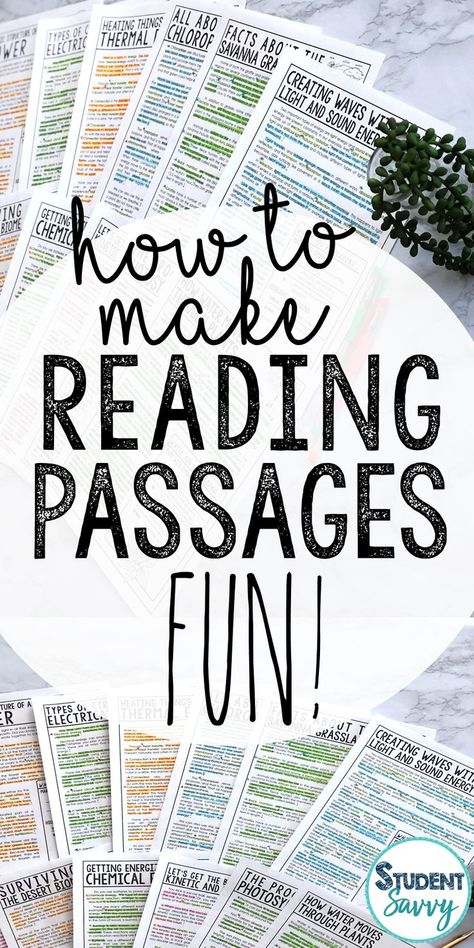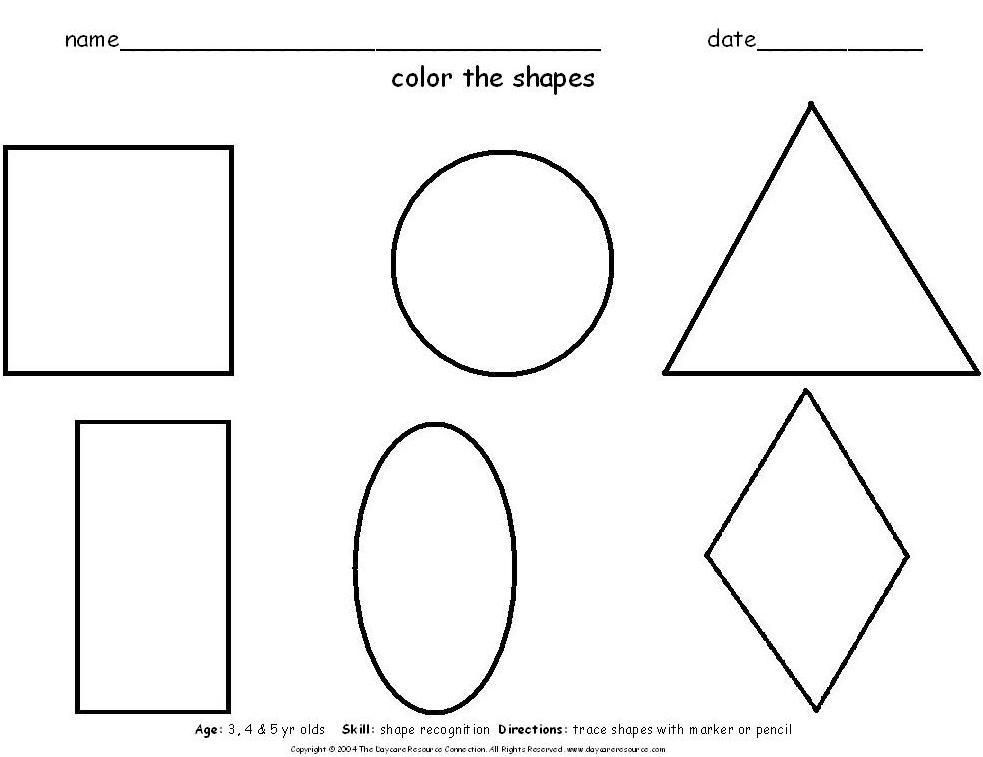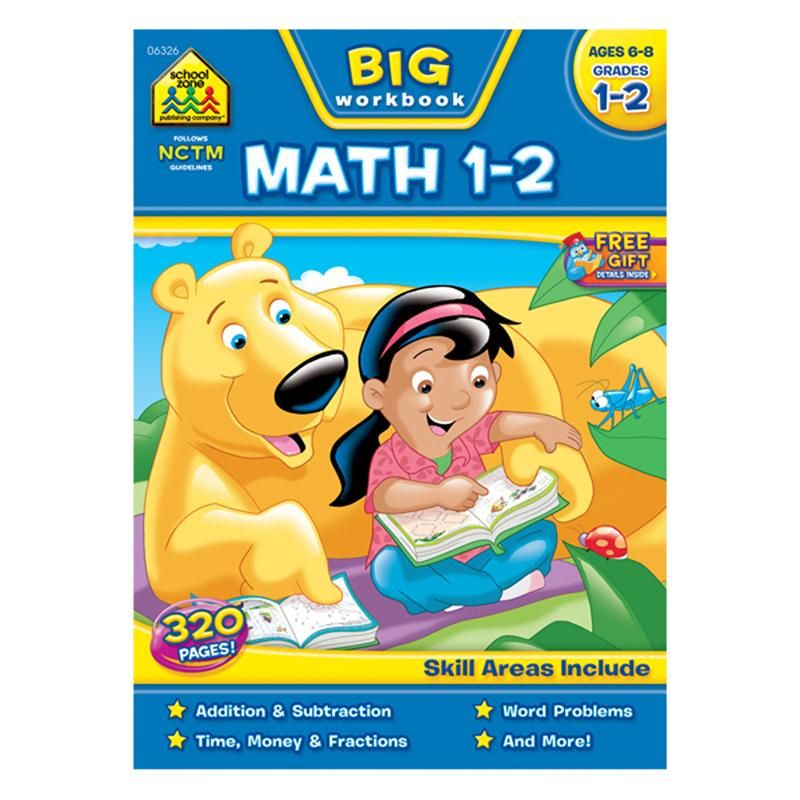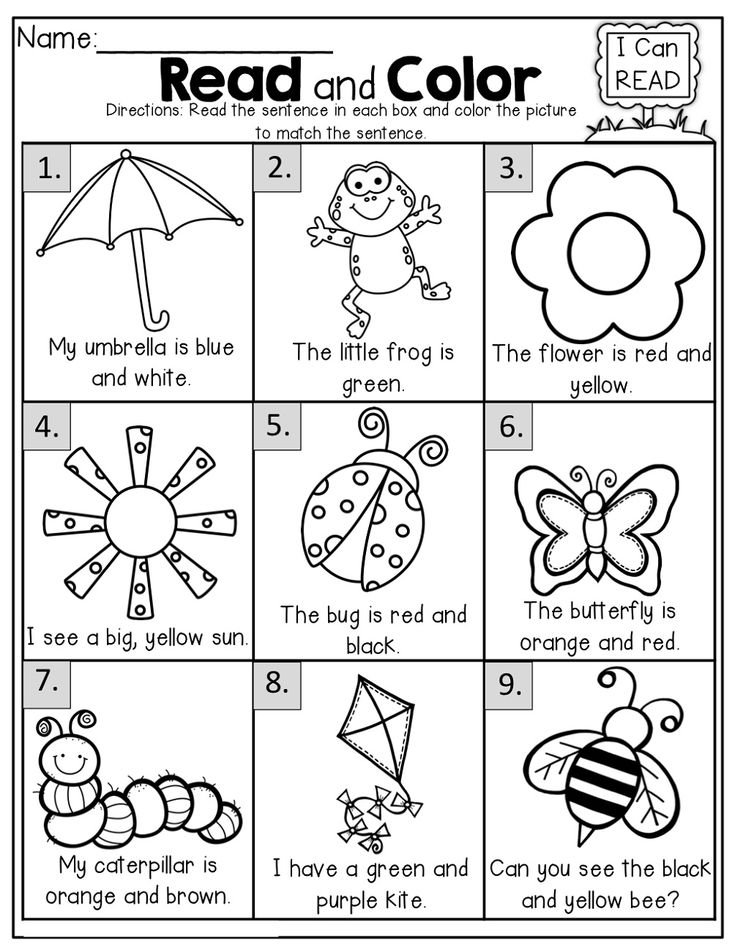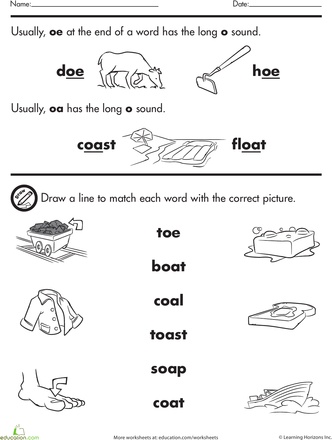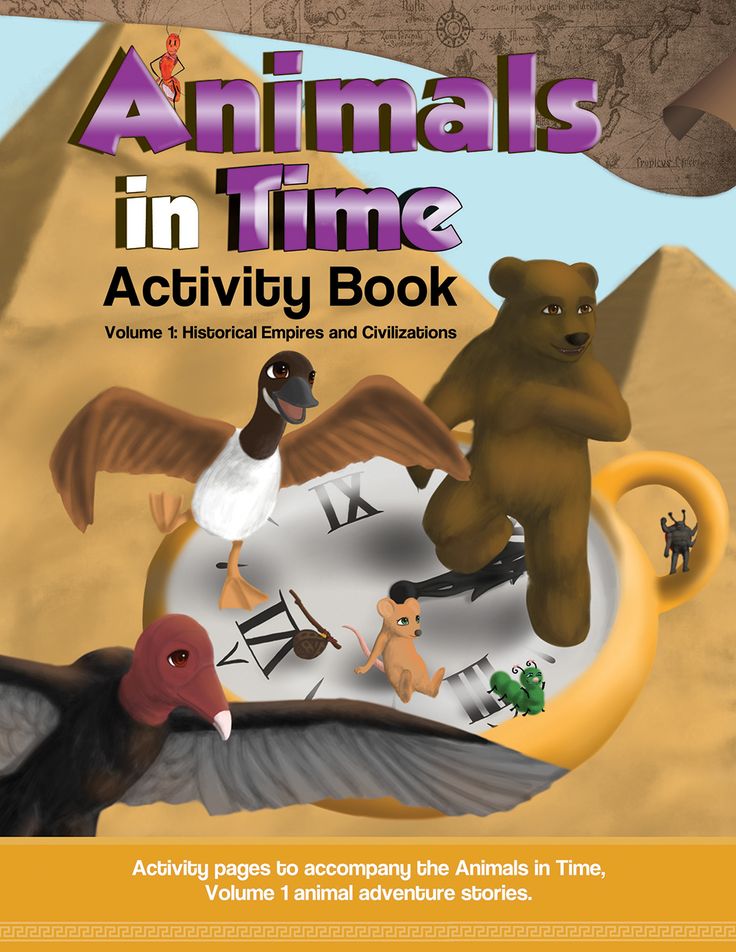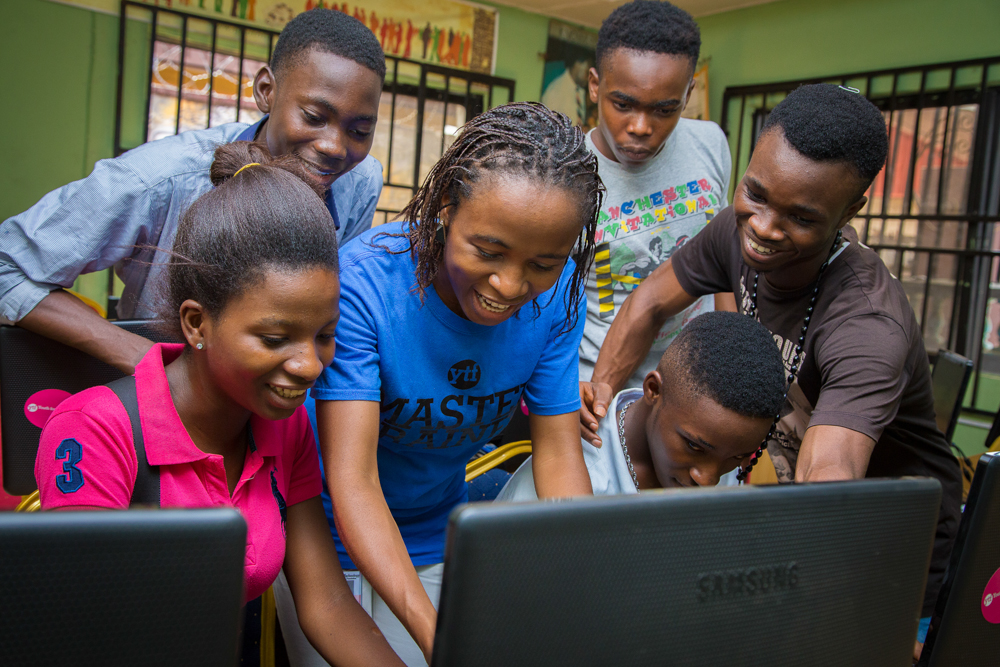Kindness activities for toddlers
12 Simple Preschool Kindness Activities
- Share
Need some ideas to teach your kids about showing kindness and considerations towards others?
The concept of “kindness” can be introduced as a preschool theme week or looped back to on a regular basis at any time, as a way to proactively teach and model compassion.
The following kindness activities for kids can be used in the classroom or at home with friends and siblings.
This post contains affiliate links for educational products that I personally recommend. If you purchase through one of them, I earn a commission at no extra cost to you. Read the terms and conditions for more details.
1. Read
Be KindRead kids the story Be Kind by Pat Zietlow Miller
In this 2018 picture book, a young girl reflects on how she can help a classmate feel better after something embarrassing happens to her.
Depending on your kids’ stages of emotional development, the story offers a great opening for a circle-time discussion of what it means to be kind.
Purchase the book here.
2.
Be Kind Picture ActivityAfter sharing the book Be Kind, challenge kids to draw pictures, cut pictures from magazines, or take photos of people being kind.
If you wish, children could dictate sentences to tell about how kindness is being shown in each. Display the pictures on a poster board or bulletin board.
3. Read
What is Given from the HeartRead the story What is Given from the Heart by Patricia C. McKissack
Published in 2019, the characters in this book share with others even though they have little to give.
The story shows how we can be generous and kind to others even if we are not wealthy.
Purchase the book here.
4. Love Box Activity
Based on the social-emotional ideas in the book What is Given from the Heart, kids can decorate a special box.
They then fill it with food, personal care, or clothing items to be given to a struggling family, friend, or classmate.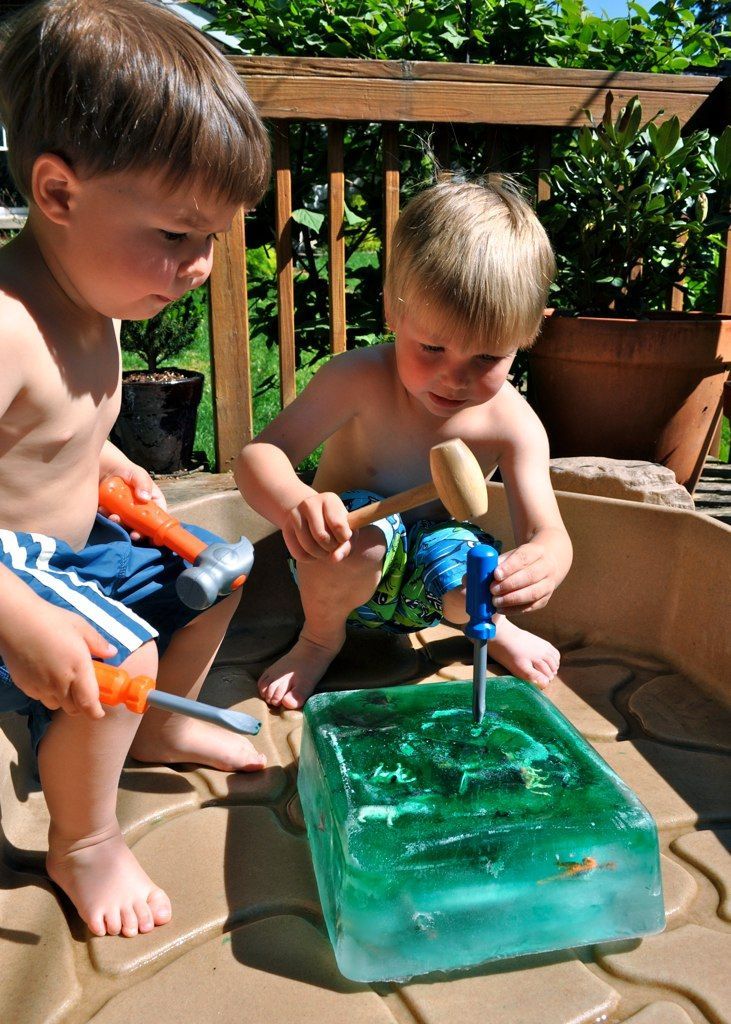
5. Listen and Sing
I Am KindSing the song I Am Kind by Lindsay Munroe, featuring Raffi, along to the music (listen on YouTube).
Words & music by Lindsay Dodd© 2020 Homeland Publishing
I am kind
I’ll be your friend will you be mine
I can share a smile
I am kind
I am brave
I do it though I feel afraid
I can do the hard things
I am brave
(chorus)
I am love
I wrap my arms around myself
In a great big hug
I am love, I am love
I am wise
Solving problems that arise
Finding new solutions
I am wise
I am strong
I’m OK when things go wrong
I know I can do it
I am strong
(chorus)
I am love
I wrap my arms around myself
In a great big hug
I am love, I am love
I am love, I am love
6. Sing
Three Kind MiceListen, Sing and Move with Three Kind Mice from Radha
Sing this version to the tune of Three Blind Mice. Here are the lyrics:
Here are the lyrics:
Three kind mice, three kind mice. These mice dare to show they care!
Squeak, squeak on the run, doing good to everyone
Kindness is lots of fun with the three kind mice!
(Action: Run around in little steps pretending you’re a mouse)
Verse 1
Wriggle our tails, wriggle our tails, wriggle our tails, everyone! …
(Action: Wriggle bottoms during instrumental section)
Verse 2
Wriggle our whiskers, wriggle our whiskers,
Wriggle our whiskers everyone! …
(Action: Wriggle heads during instrumental section)
Verse 3
Wriggle our ears, wriggle our ears, wriggle our ears everyone!
Squeak, squeak on the run, doing good to everyone
Kindness is lots of fun with the three kind mice!
(Action: Hold ears & wriggle them during instrumental & make funny faces)
Three Kind Mice by Radha Sahar
7. Paint Kindness Pet Rocks
Children gather or choose fairly large, smooth stones to paint.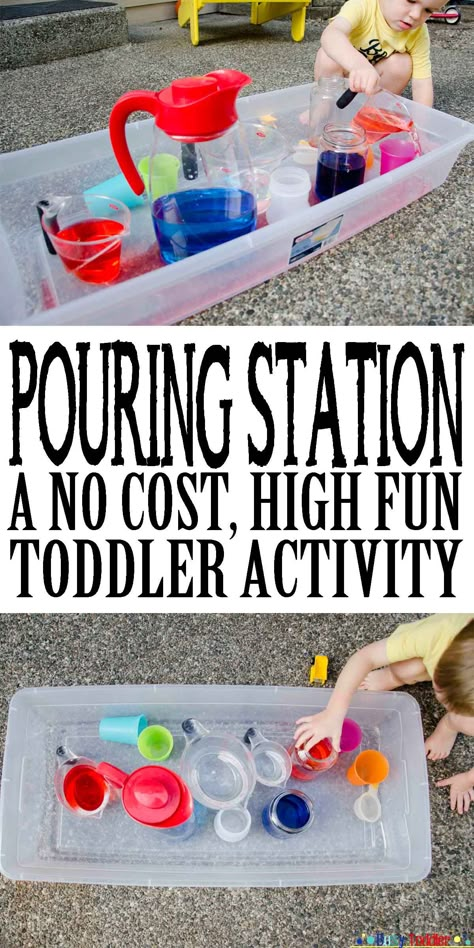 While the paint dries, brainstorm words or phrases related to kindness.
While the paint dries, brainstorm words or phrases related to kindness.
Kids can choose which words they want on their rocks, then parents or teachers can write them on with a dark marker.
They can also glue on googly eyes for that “pet appeal.” Encourage the children to give their kindness rocks to someone to brighten their day.
Option: Using plain rocks, place a heart stencil over the top for children to paint in with their favourite colour.
8. Cut & Glue Rainbows
To make this kindness craft for preschoolers, use construction paper in all different colours and get children to cut out arched or straight strips of paper to glue on a blue or grey background.
Wait for the glue to dry, then brighten someone’s day with the gift of a rainbow.
9. The Toothpaste Experiment
Kids love messy activities and this is a fun one with a lesson to learn.
Give each child a trial-size tube of toothpaste, a paper plate, and a plastic spoon. Urge them to squeeze the entire tube of toothpaste onto their plates!
Then challenge the children to accomplish the impossible task of spooning all the toothpaste back into the tube.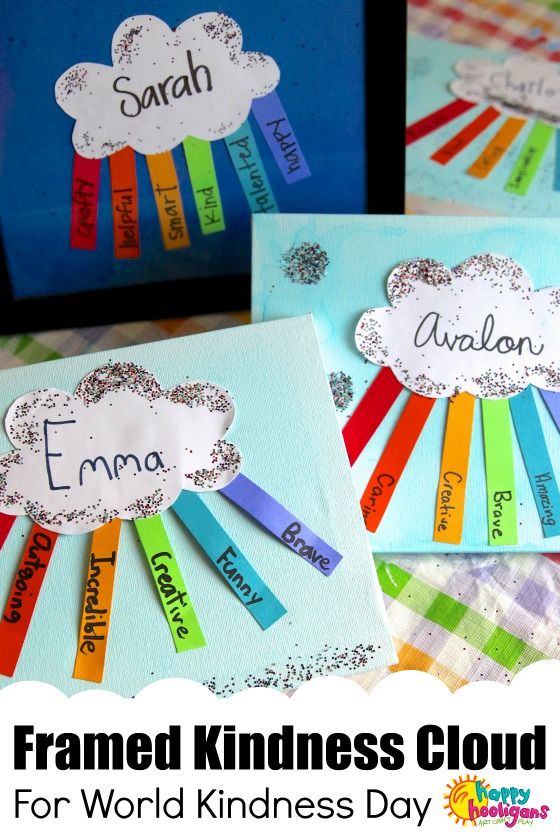
Tell kids that unkind (or mean) words are just like toothpaste. Once they come out of our mouths and people hear them, they can never be taken back.
So, we should always stop and think before we talk about other people.
10. Group Kindness Jar
At home or at school, add a coin, treat or counter like a bean to the jar each time you observe an act of kindness within the group. If you see or hear unkind words or actions, two items are removed from the jar.
When the jar is filled, the children can share the treats, donate money to a charity, or share a special activity.
11. Play the Kindness Game
Get children to stand in a circle with a ball or beanbag. First, an adult models how the game is played.
Children then take turns throwing the beanbag or ball to each other (making sure that everyone has a turn).
When a child throws it to someone, they also say something kind about that person: something good about their character, something nice they have done, or something that shows they are kind.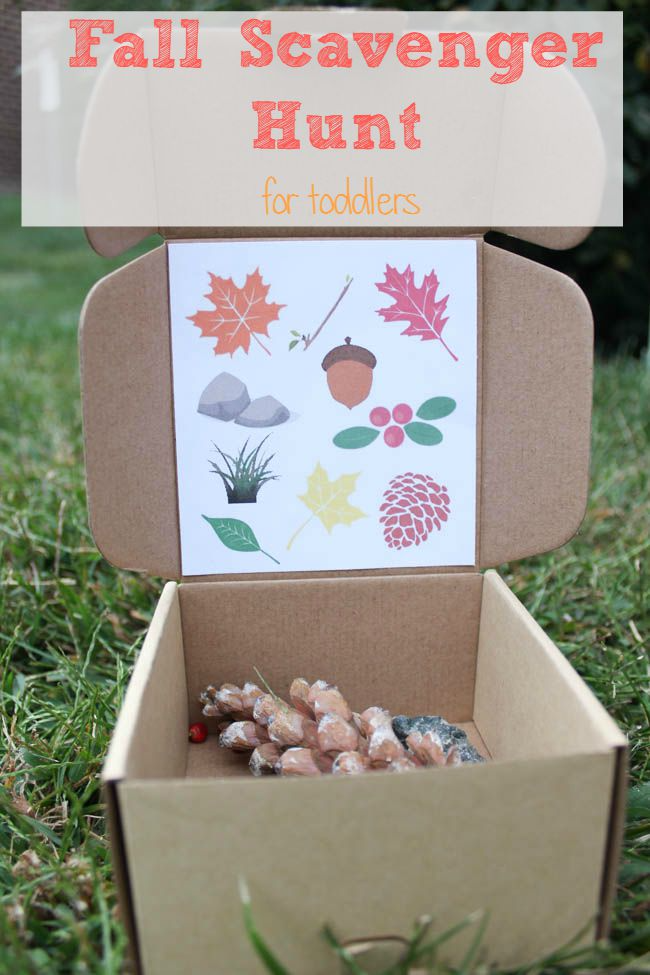
12. Act Out Favourite Fairy Tales
If desired, use costumes and props for children to act out the stories.
Afterwards, start a discussion about who in the tale showed kindness to another character. Is there a way they could change the story to show even more kindness?
This is a fun activity that incorporates many values to teach your child.
Teaching kindness to preschoolers and toddlers provides rewards for all involved. Smiles and friendly words are sure to flourish. And the positive effects of kindness within a group are known to be exponential, growing even more, day by day!
Get FREE access to Printable Puzzles, Stories, Activity Packs and more!
Join Empowered Parents + and you’ll receive a downloadable set of printable puzzles, games and short stories, as well as the Learning Through Play Activity Pack which includes an entire year of activities for 3 to 6-year-olds.
Access is free forever.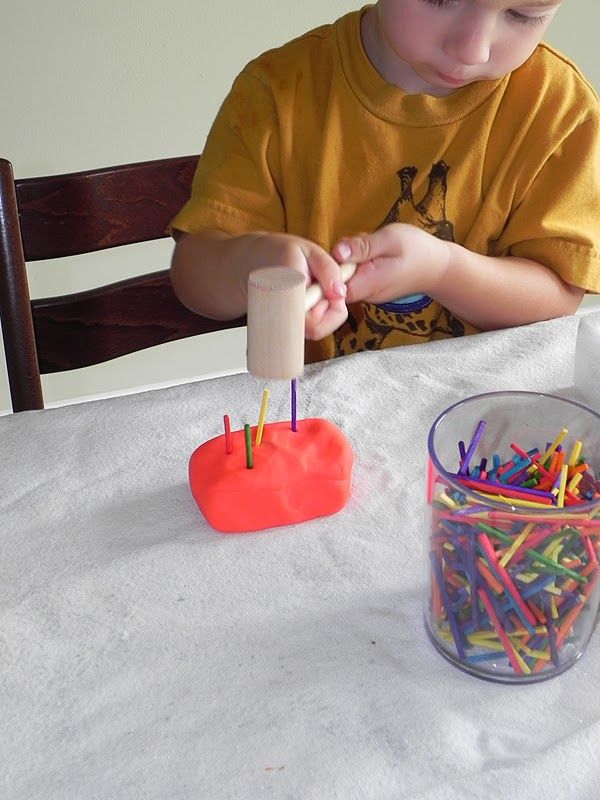
Signing up for a free Grow account is fast and easy and will allow you to bookmark articles to read later, on this website as well as many websites worldwide that use Grow.
- Share
31 Kindness Activities for Kids
Math. Writing. Kindness. What do these three things have in common?
They're all skills to be taught, practiced, and reinforced. Of course, we also mess up and learn from our mistakes with all three. And they're all things we can get better at, no matter our age.
Today, we're rounding up one month's worth of kindness activities for kids.
Make sure you stay on track by downloading and printing our complete calendar of kindness activities listed below.
Before you continue, we thought you might like to download our FREE 21-Day Family Gratitude Challenge. Make this challenge a part of your night routine or family dinner time for the next 21 days (that's how long it takes to build a habit).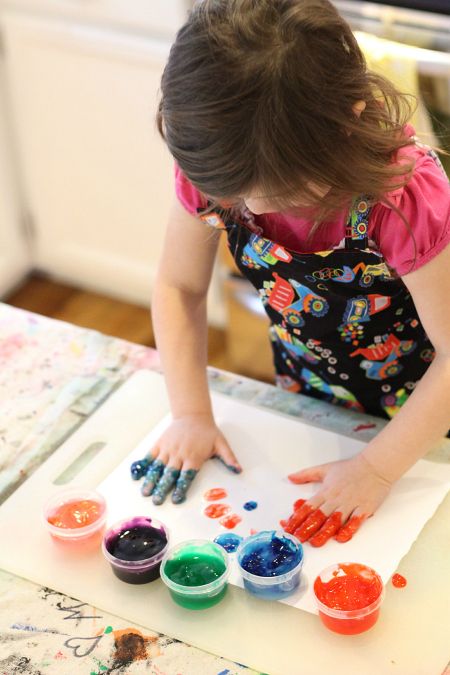
Kindness must be intrinsically motivated.
According to Psychology Today, several studies have shown that "providing children with a reward for behavior is almost like telling them that the behavior itself is not much fun. So if you want to promote intrinsic motivation—if you want to teach your kids that learning in school or helping others are enjoyable in and of themselves—using rewards might be the wrong strategy."
Furthermore, those studies found that when the rewards stop, the positive behaviors often stop; however, when rewards weren't offered in the first place, the behaviors often continue.
Even praise should be used sparingly, as too much can create external motivation—though it shouldn't go unused. Instead, reserve your feedback and encouragement for when it's most beneficial.
(These studies were primarily done with neurotypical children; speak to an expert about your child's individual needs.)
Keep this in mind when going through each activity.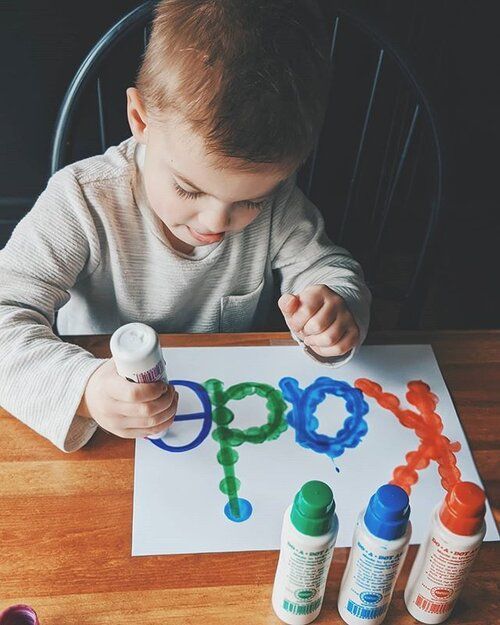 Now, let's get started!
Now, let's get started!
On day one of your month of kindness activities for kids, teach them the difference between "nice" and "kind."
- Nice: doing what is expected to please those around you
- Kind: showing empathy and being willing to stand up for what is right
Create a poster with a column for "kind" and a column for "nice." Have the kids write suggestions on sticky notes (or offer pre-written options) and put them in the column where they think the options belong.
Discuss each note to agree if they are in the correct columns. It's okay to put a few in the middle—context can matter.
Once you've agreed upon which notes go in which column, hang the poster on the wall.
Day 2: Teach T.H.I.N.K."T.H.I.N.K." means before you say anything, you should ask yourself if what you're about to say is:
- True
- Helpful
- Inspiring
- Necessary
- Kind
Consider showing your kids an actual social media post (or a made-up one for younger children).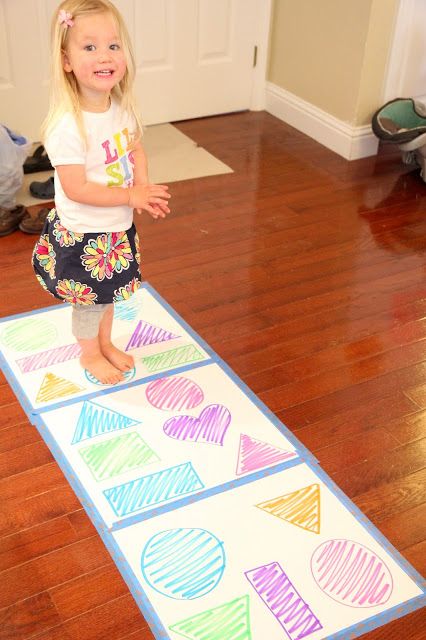 Look at the post and comments and have the kids determine how much the person used T.H.I.N.K before they posted—how many letters did they get?
Look at the post and comments and have the kids determine how much the person used T.H.I.N.K before they posted—how many letters did they get?
Many grown-ups don't realize how impactful they are in a child's life. This next kid-friendly kindness activity teaches children gratitude while making someone’s day.
Ask your kids, "Name an adult (other than me) who is important to you.? Why?" When they decide—and this does need to be their decision so their gratitude is genuine—have them write a note or draw a picture that tells the adult specifically why they appreciate them.
Letters can be mailed or hand-delivered depending on the parameters you set. If you are a teacher, consider asking your kids to write a letter to another staff member at school.
Day 4: Teach About EmpathyYou can teach your child empathy from day one by modeling it for them. As your kids get older, you can help them identify emotions, embrace diversity, and understand current events through the lens of kindness.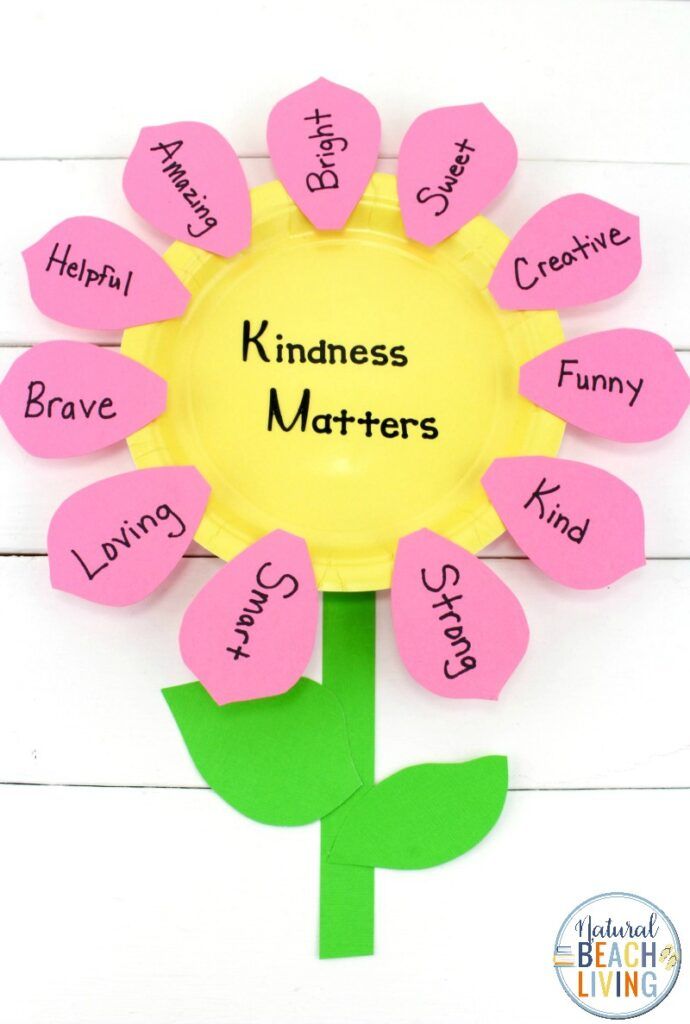
Spend this day focusing on teaching empathy skills—and keep this up as time goes on.
Day 5: VolunteerRather than saying your kids must volunteer at a specific location, talk to them about what matters to them. Animals? Older adults? The environment?
Once they've decided who to help, research locations where you can volunteer together.
After you've finished your day of volunteerism, discuss the experience with your children. If the volunteer spot was a good fit, consider going back regularly. If it wasn't, try somewhere new!
Day 6: Show Kindness to WorkersTurn an average day of errands into a kindness activity for your kids by making them aware of their surroundings and behavior.
If you go to a store and see items on the floor or tables that customers should have picked up or left tidy, your kids could pick them up. If they don’t know where items go, they can place them in a neat pile.
Have your child take the lead at checkout.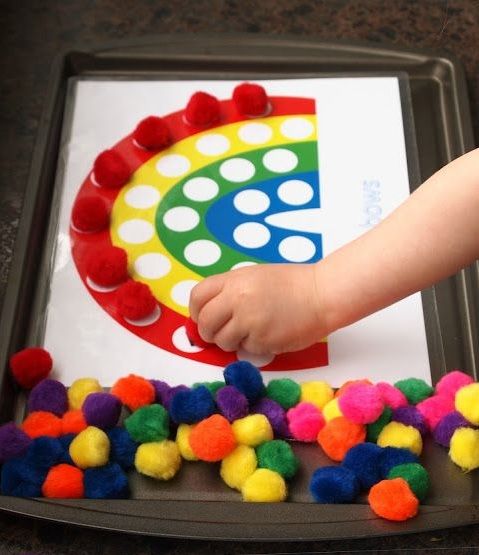 (Be sure you've already practiced things you say to a store worker.) Positive interactions can make a worker's day!
(Be sure you've already practiced things you say to a store worker.) Positive interactions can make a worker's day!
If your child is older, fill them in on what a day in customer service can involve. Ask how they'd want to be treated if this was their job and remind them to think about that when they're out.
Day 7: Help Other KidsOn this day, teach your children how to help other kids.
You can create a “partner project” where each child reads a story or learns a skill, which they then need to teach their partner. You can also encourage older kids to help younger kids with schoolwork.
When kids help other kids meet their goals and learn new skills, they learn patience, kindness, and responsibility.
Day 8: See a Play or MusicalKeep an eye out for performances in your area. Read their synopses and determine if kindness could be a theme. If the play has a relevant online study guide available, even better!
A few live theatre options to help teach kindness (and frequently performed) are:
- A Christmas Carol (Note: there are versions for younger audiences, which are far shorter than the original.
 )
) - High School Musical
- Puffs! (Note: there's a version for younger audiences and a version for older ones. Make sure you know which one you're seeing.)
People who grow plants are involved in their entire life cycles. For kids, this kindness activity may be the first time they've ever done something like it and they learn how everything needs love and attention.
Try to choose a hardy plant (e.g. succulents), particularly for younger or more forgetful kids. Make the plant their full responsibility, supervising only as necessary.
If the plant dies? This is a time for a growth mindset, not shame. Even the best gardeners' plants die from time to time. Talk about what may have gone wrong (and whether or not it was in the child's control) and try again with a new plant.
Day 10: Create a Compliment BoardTruly effective kindness activities for kids will challenge children to dig deep and really think about what they appreciate about others.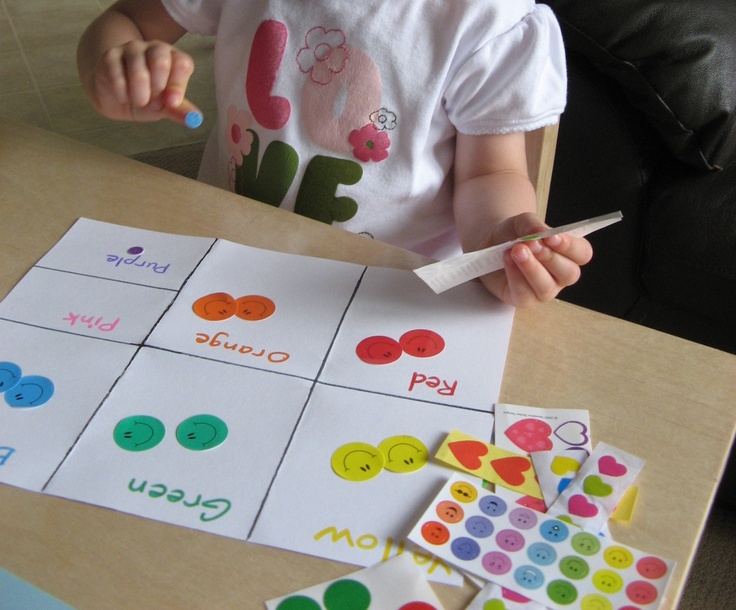 A compliment board can be a great avenue for generating kind thinking patterns.
A compliment board can be a great avenue for generating kind thinking patterns.
Create a spot in your house or classroom where children can put notes saying something positive about, or giving thanks to, someone else. If you're in a classroom, you could use envelopes for individual students.
Leave this up for the rest of the month or longer if you like.
These notes should be sincere and never forced; they should be written when someone wants to say something kind.
Try to keep it from becoming a competition. Perhaps make the notes anonymous or decide ahead of time who will receive compliments from the rest of the group that day or week.
Note to teachers: Is there someone who'll never get these notes? Get to the root of the issue and make sure it's fixed before starting this activity.
Don't forget to download our FREE 21-Day Family Gratitude Challenge and make this challenge a part of your family's routine!
Day 11: Create Growth Mindset RocksGrowth mindset rocks are stones kids paint and write messages on.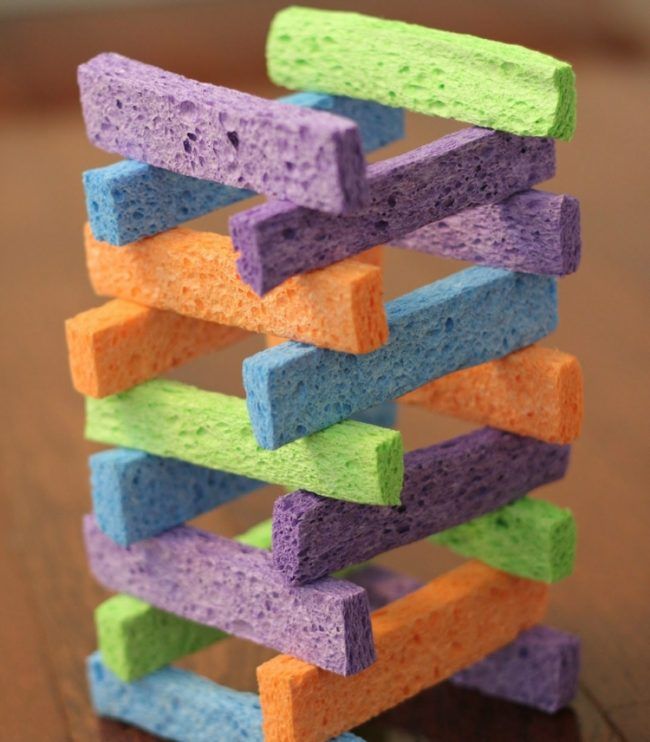 The message could be something as simple as "You rock!" or something more profound.
The message could be something as simple as "You rock!" or something more profound.
Place the painted rocks in a public location (with permission) or your yard with a sign telling people they can take one.
Day 12: Play a Cooperative GameWhat better activity for teaching kids kindness than a good old-fashioned game?
A cooperative game is a game or puzzle where you must work as a team. Winning only happens through active listening and group decision-making. Some of these games are:
- For younger kids: Outfoxed!, Friends and Neighbors: The Helping Game, Gnomes at Night
- For older kids: Mysterium, Forbidden Island
There are books about kindness for every age group and they don't have to be totally on the nose to be effective. Find books kids can relate to and be prepared to discuss kindness using the book.
Some books may take longer to read. Treat these like you're in a book club and space the reading out over the month.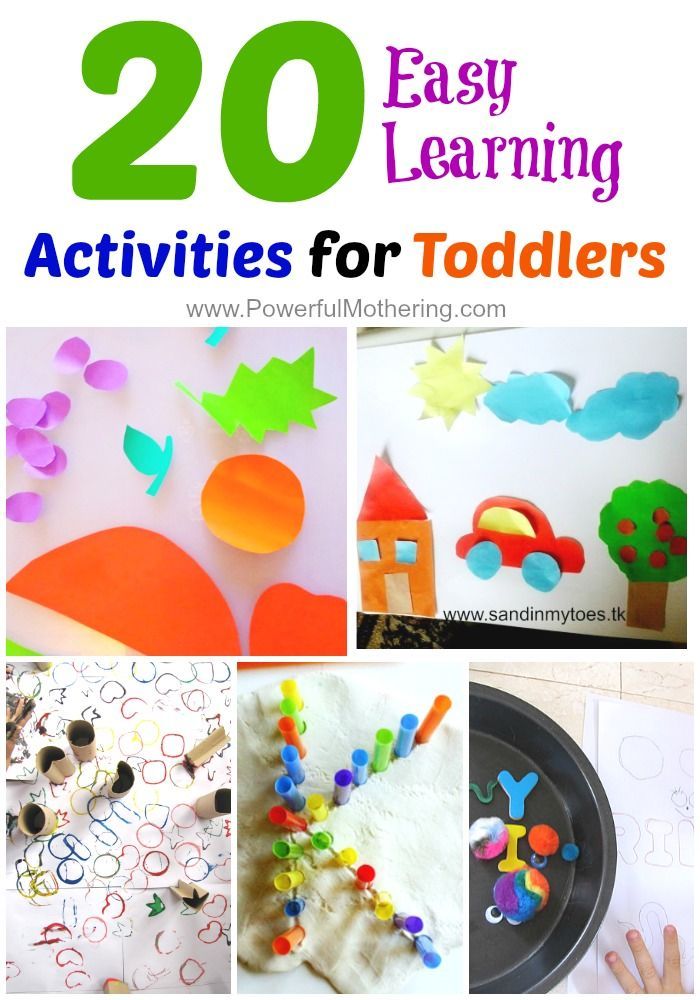
You can find the theme of kindness in a variety of books, including:
- For young kids: The Rabbit Listened, Last Stop on Market Street, The World Needs More Purple People
- For tweens or teens: To Kill a Mockingbird, Wonder, A Wrinkle in Time
One of the most effective kindness activities for kids is discussing diversity and more importantly inclusivity in an open and honest manner. While you should focus on similarities, it's essential to acknowledge differences exist.
Explain what you can. If a question stumps you, research it in real-time. Admitting you don't know everything models a growth mindset.
Discuss what we should do or say if we notice someone different than us and give kids the opportunity to ask you questions in a safe space or do their own research.
Day 15: Discuss Misguided KindnessSometimes an act of kindness may not be as kind as we think.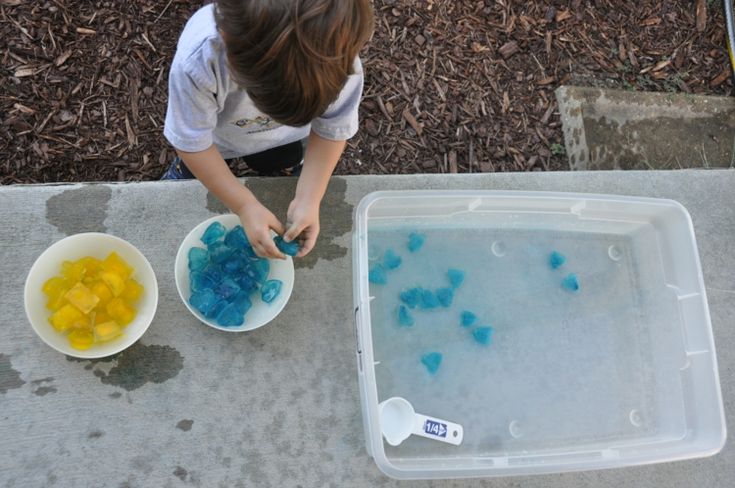
For instance, someone may assume a person with a visible disability needs help. Author Rebekah Taussig discusses this topic in an article for Time. You could summarize the article for younger kids and have older ones read it themselves.
Other acts of "misguided kindness" can be based on assumptions about race. For example, complimenting someone's English or touching someone's hair to say how much you like it can be unkind.
Even giving someone a hug they don't want can be an act of misguided kindness as it invades their personal space.
Day 16: It's Science Time!While kindness is about being selfless, there is a selfish aspect to it: When you do something kind, you feel good. This is because your brain releases the "happy chemicals" of serotonin, oxytocin, and dopamine.
On this day, focus on teaching your children or students about how the brain works. We have a lesson plan on neuroplasticity to get you started.
Day 17: Learn About BullyingFor something to be classified as bullying, it must be repeated, intentional, and have a power imbalance of some kind.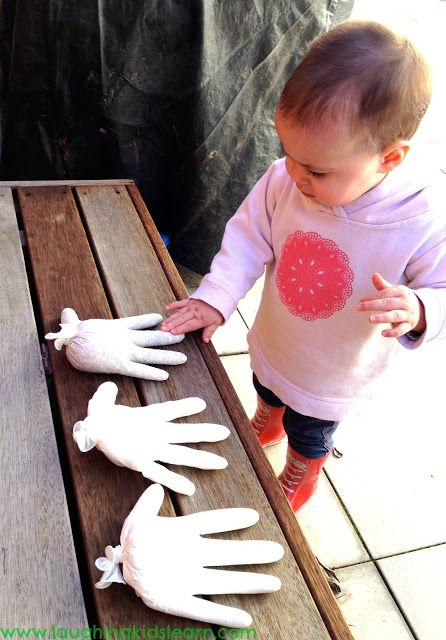
Kids should learn the signs of bullying, when and how to intervene, and the causes of bullying behavior.
Learning about the root causes of bullying behavior can help kids choose the kindest routes. Knowing and understanding people, who exhibit these behaviors, are most likely in pain may help stop negative reactions and, instead, find productive ways to use that energy.
Day 18: Watch a Movie About Overcoming ObstaclesInspiring kids movies like Inside Out, Finding Nemo, and even The Karate Kid show characters overcoming obstacles and often those obstacles include unkind people or the desire to be unkind.
After watching your chosen film together, talk about the kindness (and lack thereof) shown in the film. Let the kids guide the conversation.
Day 19: Hang Out With FriendsThere are few better times for kids to practice kindness than when they have to make decisions about activities and solve problems as a team.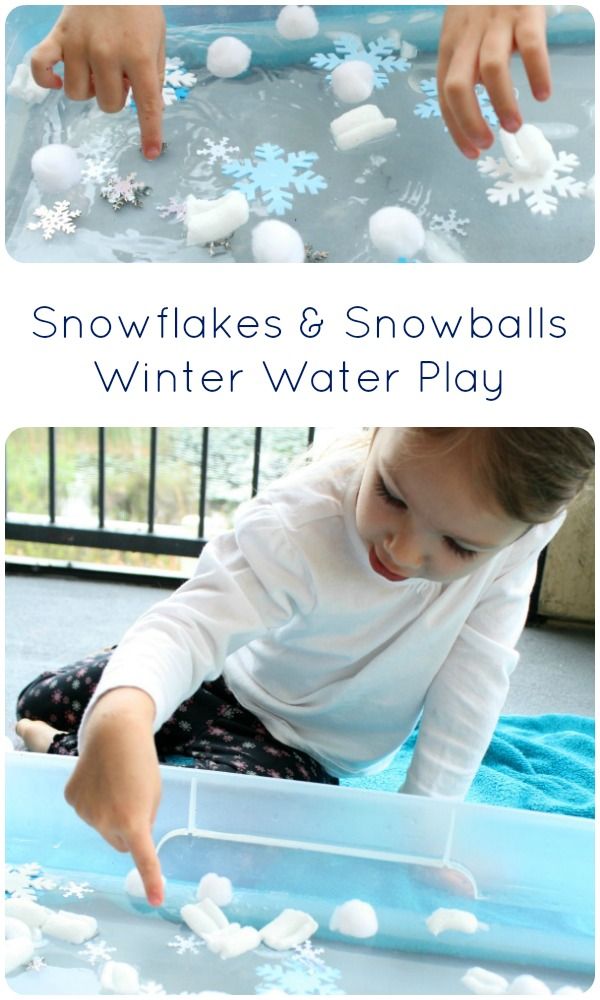
If you're a teacher, this could be letting the kids run around outside for a while or giving free play time—teenagers even secretly love being allowed to play! If you're a parent, arrange a playdate or sleepover for your child and a friend or two.
Day 20: Understand What You Can and Cannot Control
Have an open discussion about times you were unkind because of what was happening around you and talk about what you could have done differently. Discuss the importance of acting on what’s in your control and accepting what is not.
Day 21: Play a Competitive GameFind a competitive board game, card game, or video game your whole family enjoys and play it together. Before starting, discuss how to be a good winner—as well as a good "loser".
Don't let your kid win, at least not every time. Instead, allow them to navigate the waters of both winning and losing at a game.
Day 22: Attend a Cultural EventAttend a public event organized by people of a different background than your child or family.
This doesn't necessarily have to be an education-focused event—you can attend a parade, a festival, etc. But, if there is an educational booth available, visiting it can improve this kindness activity for your kids.
Striving to understand people who are different from oneself is an important step toward kindness as it goes deeper than "tolerance" and "acceptance."
Day 23: Find a Pen PalThere are a ton of ways to find pen pals for your kids.
Meeting a new person, without the immediacy of conversation or texting, gives kids time to think about what they want to say before saying it, which can help them internalize this skill.
Day 24: Love YourselfTalk to your kids about why loving yourself is important.
After all, it is much easier to be kind to others when you are kind to yourself. You can discuss the science of this with older children and teens or keep it to the basics with younger ones.
Day 25: Practice MindfulnessMindfulness helps you reconnect with yourself in a meaningful way.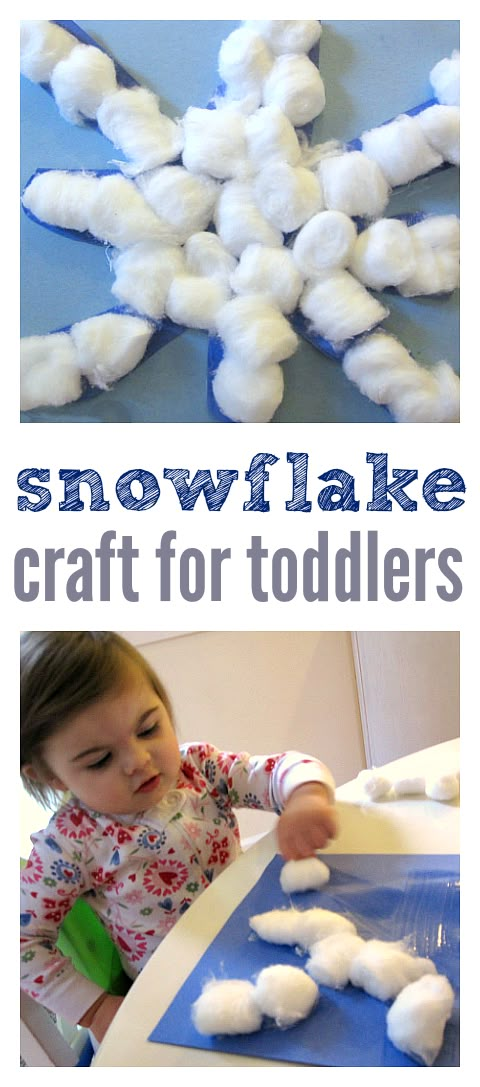 In addition, this activity helps kids with kindness because feeling overwhelmed or disconnected can make you lose focus on what matters.
In addition, this activity helps kids with kindness because feeling overwhelmed or disconnected can make you lose focus on what matters.
This activity looks different for every person, so you should investigate different mindfulness resources to decide what works best for your children.
This next exercise aims to help kids understand when kindness must be overruled for safety.
There are times when being kind is unsafe and standing up for yourself is more important.
Helping a stranger "look for their dog" in a park? Kind, but unsafe. Letting someone hug you when you're not comfortable with them doing so? Kind to them, unkind to yourself.
This is the day when kids learn to say "no" and leave a situation where something doesn't feel right. Empowering kids to set boundaries allows them to be kind to themselves.
Day 27: Learn First AidYou never know when you may need to help someone—or yourself—when injured.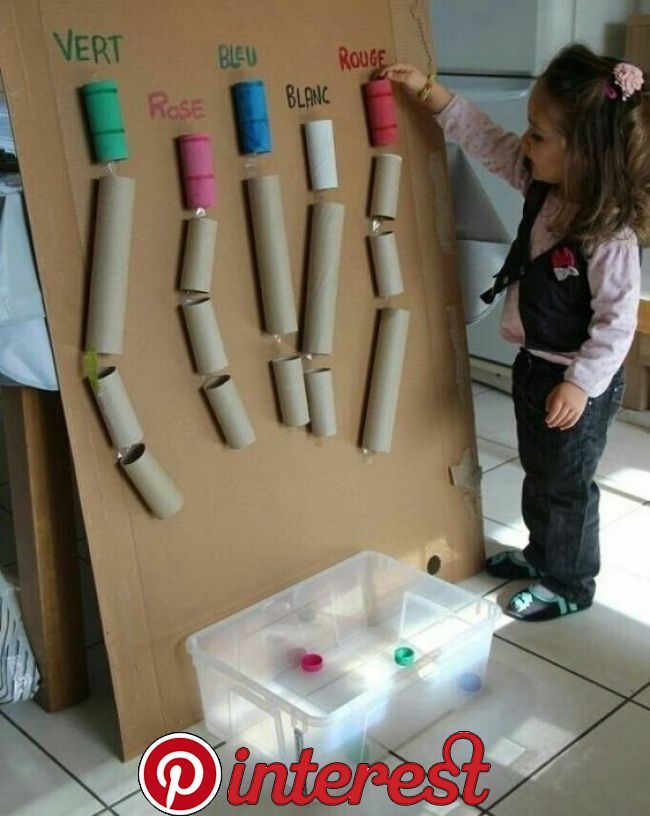 Therefore, learning first aid is a great kindness activity for kids.
Therefore, learning first aid is a great kindness activity for kids.
If possible, arrange for a professional (such as someone from the American Red Cross) to run this lesson.
Day 28: Find GratitudeWhen you feel grateful for the world around you, you're more likely to take care of yourself and others. There are a ton of ways to show gratitude for things big and small.
Even something as simple as a gratitude journal can go far. Have your kids write one to three things they are grateful for at the end of each day.
Alternatively, you can create a gratitude jar, where kids write what they’re grateful for on slips of paper to place in the jar. Watch as the jar—and their kindness—fills up!
Day 29: Teach Grit and ResilienceIf we're honest, choosing kindness every day is difficult. We don't always want to take the high road—in fact, that low road looks great sometimes.
Grit and resilience are how we push through those times and steer ourselves back to the higher and kinder road.
No matter how many kindness activities kids practice, no one is kind all the time. Even when they are, someone else may not reciprocate. These conflicts can be difficult to navigate.
Spend some time going over "I feel" statements, model conflict resolution skills, and then have the children roleplay these new abilities.
Day 31: ReflectToday, summarize the kids' kindness activities over the past month. Then, work out what your children or students have learned and which types of activities they have preferred.
After wards, keep it going with more acts of kindness, both modeled and practiced, as time goes on.
As a reminder, Big Life Journal encourages you to read, watch, or play anything you plan to engage children in before involving them so you can ensure appropriateness and be prepared to discuss.
Additionally, we recommend vetting individuals or locations for anything involving other people, e. g., pen-pals, store workers, and volunteer positions. We cannot be responsible for any challenges arising from interactions with people involved in these suggestions.
Looking for additional resources to support your child's growth mindset journey? Check out our popular Sibling Kit PDF (ages 5-12)! This printable kit is designed to help your children build a strong bond, mutual trust, and deep connection they will be able to count on for the rest of their lives.
Your children learn how to work through the conflicts, manage their BIG feelings, choose respectful behavior, and build long-lasting mutual trust. And YOU will have a happier and more peaceful home.
50 good deeds for children that will make the world a better place
Children may be small, but they can change the world for the better just by doing these simple actions.
Reader's Digest collects stories of random acts of kindness you've witnessed in your community for our search for the most beautiful places in America.Decorate pantry lunch bags
Many public kitchens and pantries serve food in paper bags or takeaway boxes. Children can write kind messages, draw pictures (with non-toxic markers) and decorate them with stickers.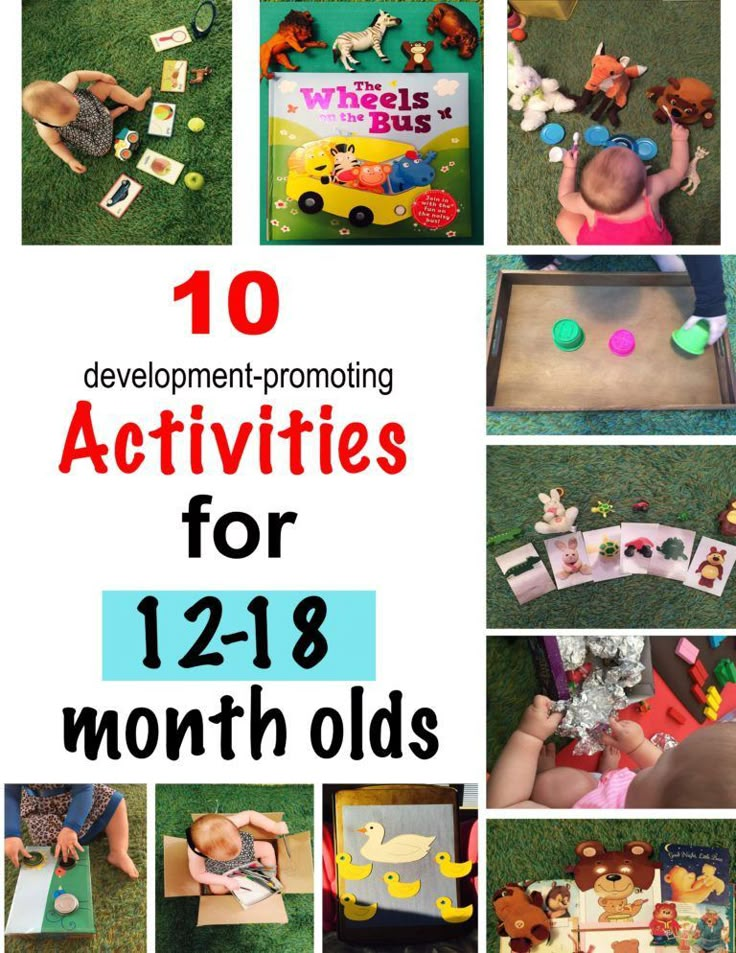 This is just one great example of good stories.
This is just one great example of good stories. Make a friendship bracelet
Make kindness from letter beads with a cute message like "I love you", "best friend" or "peace". Kids can make a bracelet to wear and one to share with a new friend or family member.Return food carts to pen
Put some of this boundless energy to good use by asking the children to retrieve unusable grocery carts left on the sidewalks, in handicapped parking lots, or at the edges and return them to the store or cart pen. Service doesn't have to be complicated like these small acts of kindness.Write to a pen friend
Writing—on paper or electronically—to a pen-pal elsewhere is a great way for kids to learn social skills, learn about other cultures, and practice writing. Talk to your child's teacher, a local community center, or get involved with the Flat Stanley project.Leave five kind comments on social media
Everyone loves getting happy messages on social media, so this is a simple random act of kindness for kids that can get your kid involved.Donate old books
Ask your child to go through their favorite books and choose the ones they have grown up with and donate them to the local library, community center, orphanage, church or school. Here are some more effective ways to donate money to charity without breaking the bank.Make a bird feeder out of cones
This random act of kindness for children is meant to help mother nature. Take a pine cone, coat it with peanut butter, roll it in bird seed, and hang it from a nearby tree. Birds will love this treat, especially in winter, and you can use it to educate your child about the different types of wildlife in your area.Take the neighbor's newspaper or parcel to the porch.
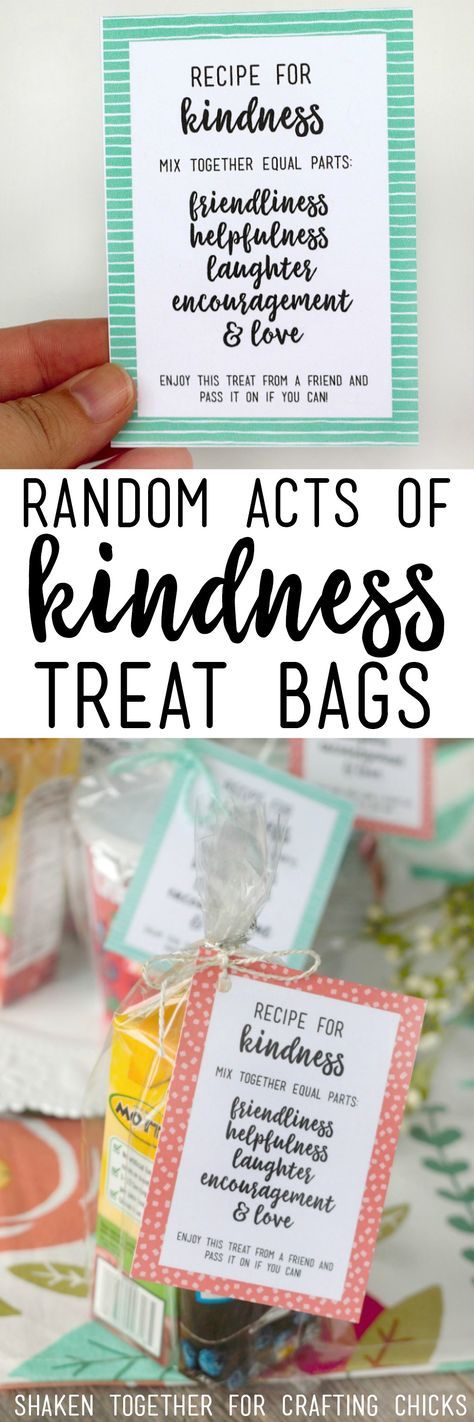 Newspapers, bags, and other items are often left at the end of the driveway or on lawns, where they can get wet or stolen. Children can gently move them to a safe place on the porch.
Newspapers, bags, and other items are often left at the end of the driveway or on lawns, where they can get wet or stolen. Children can gently move them to a safe place on the porch. Dine with someone who usually eats alone
Almost everyone has painful memories of eating alone in the school cafeteria. Teach your child to look for those who may be left out and kindly invite them to dine with them or join them at their table. Check out a few more tiny ways to encourage your kids every day.Send recovery card
Today, unfortunately, more people are sick than ever. Have your child make and send a get-well card to a loved one who is not feeling well, or make a batch to take to the local hospital.Make a snack basket for couriers
Online orders are on the rise and delivery workers are busier than ever. Help your child choose the right foods - like bottled water or juice, granola bars or pre-packaged treats - and make a basket with a sign telling drivers they can grab a bite to eat on the road.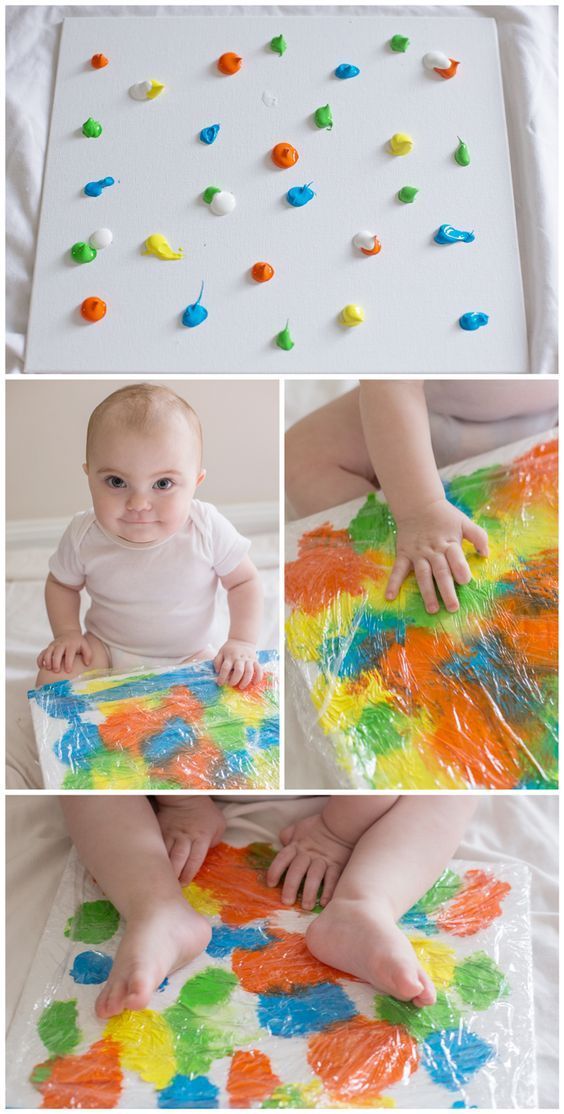
Write someone a funny meme
Do you always tell your child not to talk to the phone? Use their love of technology by asking them to write a funny meme for a family member. (Just make sure it's appropriate!) This is a quick way to bring a smile to someone's face. Need ideas? These kind memes are perfect for passing on.Clear the pavement of snow
Children in snowy areas may be raking a neighbor's driveway or sidewalk. In warm weather, children may rake leaves, offer to take out the trash from the yard, or do other small chores that may be difficult for the elderly, disabled, pregnant, or overworked.Write happy stickers
Give your child a stack of stickers and some markers and let them fill the notebook with happy pictures, kind messages, and compliments. Take a sticky pad with you throughout the day and have them put notes where they can brighten someone's day, like on a public bathroom mirror, on a store shelf, on a car window, or on a sibling's pillow.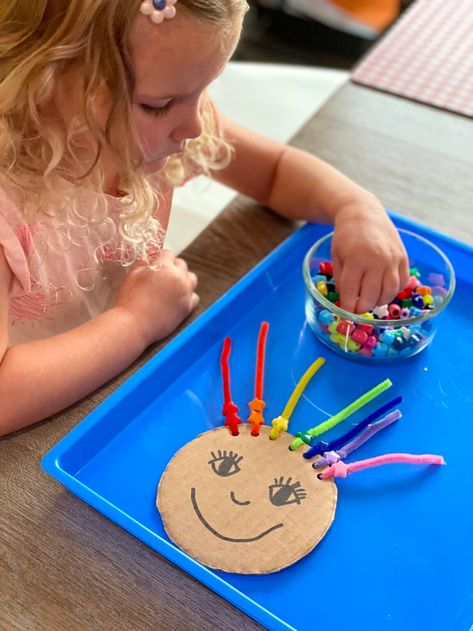
Leave a basket of tennis balls or clubs at the dog park.
Make a dog day (and its owner too!) by having your child collect old tennis balls or perfect clubs and put them in the bin for everyone to enjoy.Make postcards or drawings for the nearest nursing home.
Many people in nursing homes feel isolated, and the pandemic has only made things worse a hundredfold. Have the children draw pictures, paint pictures, or write notes and give them to the elderly.Help the teacher set up the chairs
Teachers do a lot of work outside of their normal class hours. One way to say thank you to kids is to offer to help with some of these little things. Even very young children can help clean up trash, fold chairs, stow supplies, or whatever their teacher needs.Pick up trash in the local park
Make it a game by making a scavenger hunt list - soda can, candy wrapper, fast food bag - and see how fast your child can find them all. Find out more about how you and your kids can help save the planet in five minutes or less.Compliment someone
Learning to give a kind and sincere compliment is a skill, and now is the perfect time for your child. Start with one of these 10 little compliments you should be giving every day.Write or draw a thank you card for service personnel
Find a local teacher, cashier, bus driver, or other worker who regularly helps you and your child, and write them a nice thank you note. Be as simple or complex (sparkles!) as your child likes. Hand deliver note for extra smiles.Do housework for a brother or sister
Doing a little housework for a sibling is an easy way to show kindness, especially if they're having a bad day. It can also strengthen that loving bond between siblings. Check out these 19empathy quotes that will inspire you to be kind.Plant wildflowers
Many community gardens or nature centers have bags of local seeds, or at least suggestions on what to plant. Teach your children to be kind to the environment by planting and raising wild animals.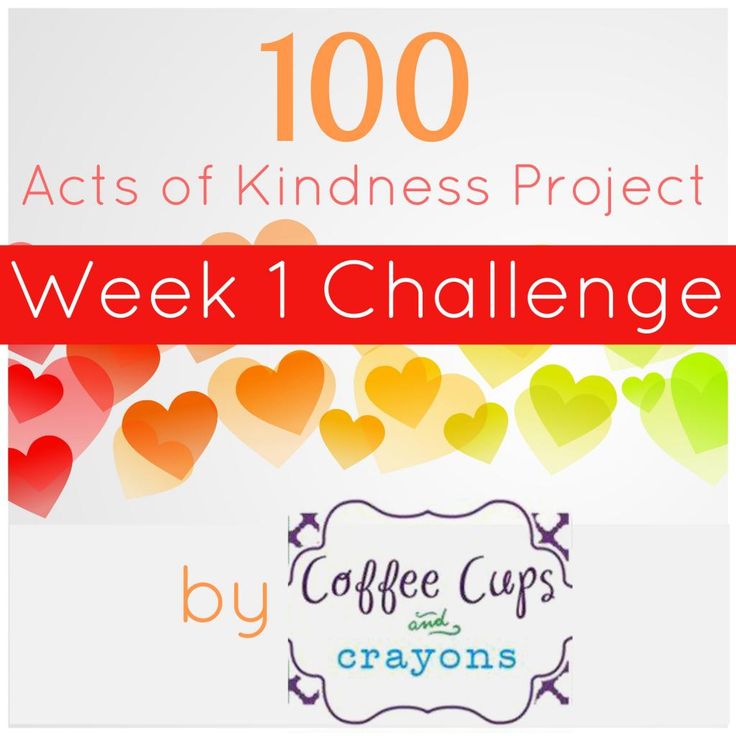
Make cookies for your neighbor
Children love baking and decorating cookies. Ask them to put a few more on their plate to share with a neighbor or friend. For inspiration, check out these quotes about kindness from people of all ages.Make kits for the homeless
Samples of toothpaste, shampoo, and deodorant can be placed in a small Ziploc bag along with a toothbrush, comb, band-aids, or other items. Children can help collect them and distribute them to the homeless. Hygiene items are worth their weight in gold - this is just one of the things that no one tells you about homelessness.Give someone a "heart attack"
Have your child cut out paper hearts of different sizes and write sweet notes on them. Attach them to the door of someone who can cheer you up, then ring the doorbell and run.Ask another child to play with him in the park
Playing Groundies, tagging or pretending is much more fun with friends. Encourage your child to pay attention to others and invite them to play.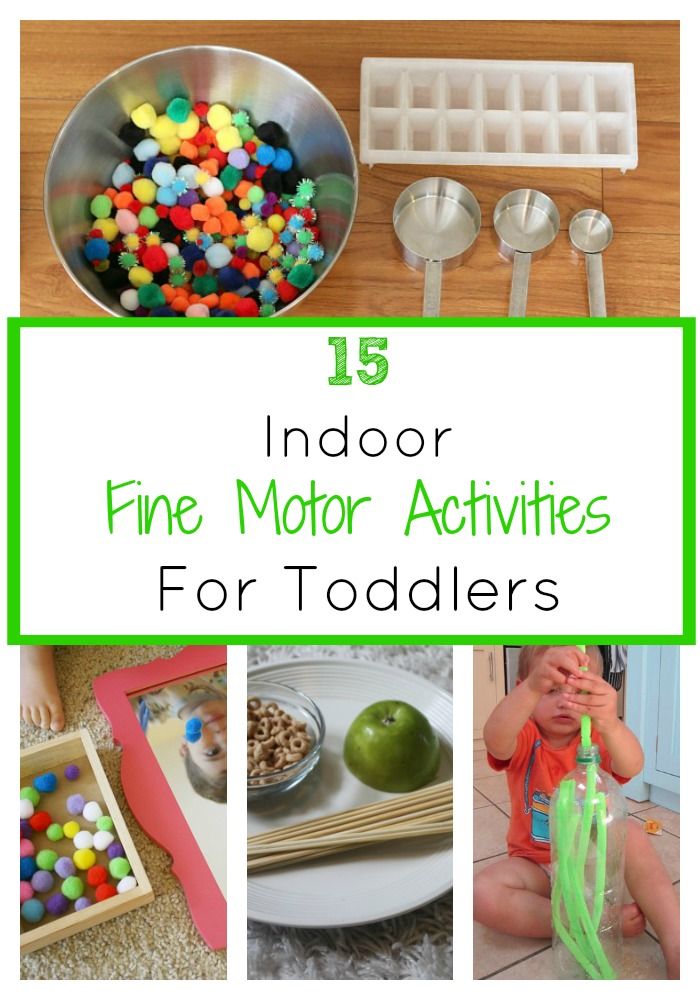
Hang up fallen clothes in the store
The hangers in the store seem especially slippery, and it's not uncommon to see a few things stacked on the floor. Show some kindness to tired retailers by hanging a few pieces back. Just make sure you comply with current COVID-19 regulationsin shops.Call grandparents
Nothing lifts a grandparent's spirits like a grandson's sweet face. Little ones already love to call, but it can seem even more meaningful when speaking from an older child or teenager.Walk the dog
If you have a dog, encourage your child to take it for walks. If you don't have one, offer to walk the dog of an elderly relative, a disabled neighbor, or a friend who is out of town.Make a bed for a family member
Making someone's bed is a small act of kindness that can make a big difference on their day. Children can add a note or a small lollipop to the pillow to make the pillow special.Smile
A child's smile is one of the most valuable things in the world.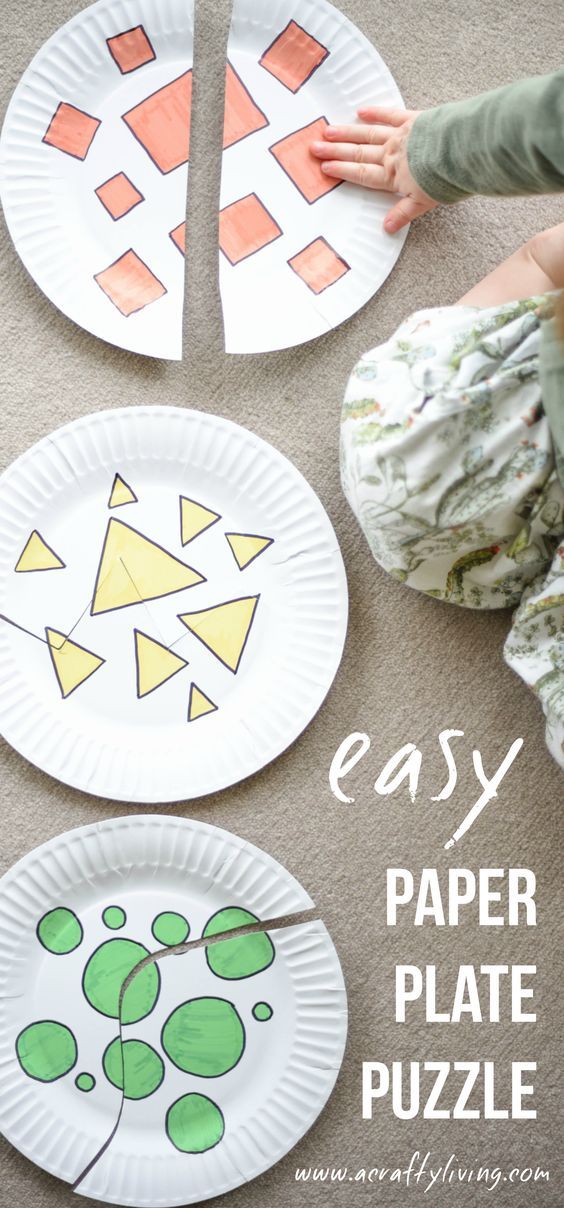 Teach kids to do it safely and comfortably, but a child's smile can make a person a whole day.
Teach kids to do it safely and comfortably, but a child's smile can make a person a whole day. Read a book to a brother, sister or younger friend
The “reader” will love the opportunity to share their favorite book, and the listener will love the attention to the story. Parents will love that it helps kids practice their reading skills.Collect recycling and take it in for return
Tin cans and plastic bottles are easy to assemble at home or school. Then help your child take them to the nearest recycling center.Buy used sports equipment
Many children are excluded from sports because they cannot afford the equipment they need, while other children have garages filled with old equipment that they no longer use. Help your child collect and donate these items to children in need.Ride a bicycle instead of driving a car
Do you have a small assignment? Turn it into a bike ride and be kind to the planet by leaving your car at home. You can use this as an opportunity to discuss the importance of caring for the environment in many small ways.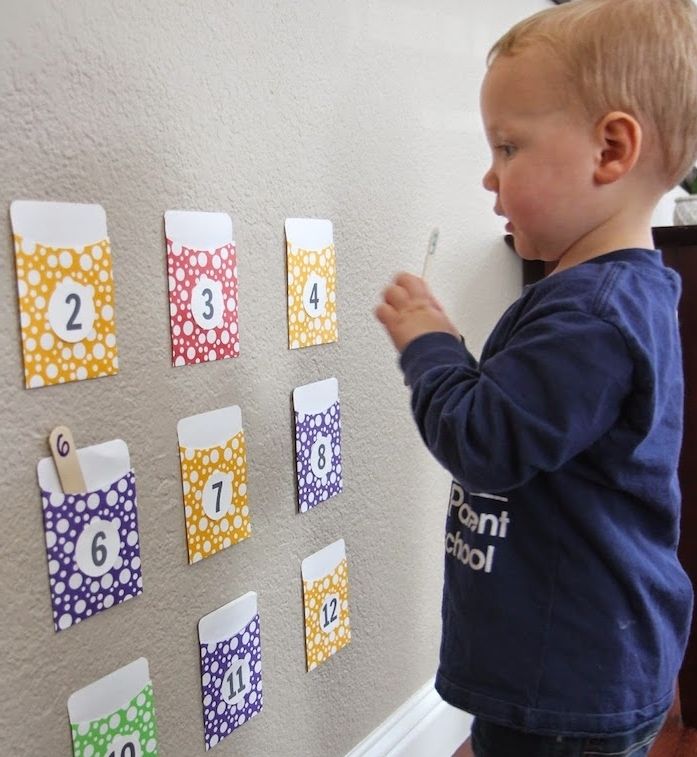
Offer to work as a "mother's helper" for an hour
Many children love to help, but they are not yet old enough to look after children on their own. One solution is to allow your child to volunteer as a mother's (or father's) helper for you or your loved one. The adult is still present, but the child can do small jobs and play with younger children to keep them busy.Hug mom or dad
Hugging your child is the highest kindness! This shows that they think of you and love you. That's why hugging is so important.Lay out plastic containers
Is your Tupperware closet a mess? Even very young children enjoy stacking containers and matching things to size and shape. Older kids love to organize things, especially when they do it their own way, so encourage creativity.Make a candy poster
A piece of poster, a few markers and a set of candy can be turned into a thoughtful get well message, welcome home, congratulations or just a message. If you have extra treats, you can donate them to Operation Gratitude, which sends packages to our troops.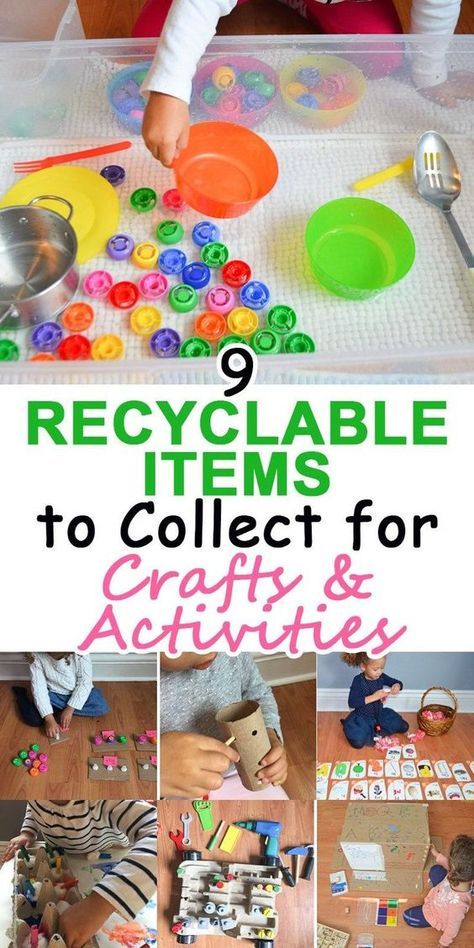
Fill your pet's water bowl.
Another way to show kindness and love to animals is to make sure their needs are met. They can't speak for themselves, so teach your child to regularly check your pet's food and water. Or maybe clean out the litter box!Dine with an elderly neighbor
If you have a little left over after dinner, ask your child to pack one or two servings and take them to a neighbor who can use a hot dish, but cannot cook it just for himself.Remove products
Children of all ages can learn about housekeeping and show kindness to their parents by helping to buy groceries, take them out of the car, and fold them properly.Play a board game with your brother or sister, grandparents
Children love to play games. Use this natural desire for fun to reach out to a sibling, grandparent, or anyone else who needs some extra love. Check out these brain training games that everyone will love.Make birthday kits for foster children
Children in foster families may miss the birthday celebration.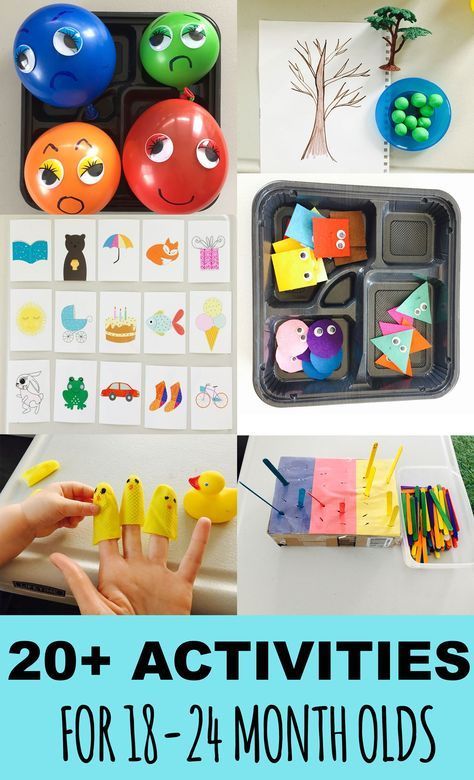 Make sure that doesn't happen by creating birthday sets with cake mix, icing, balloons, ribbons, candles, and an age-appropriate toy or gift card.
Make sure that doesn't happen by creating birthday sets with cake mix, icing, balloons, ribbons, candles, and an age-appropriate toy or gift card. Write letters to soldiers
Our troops also need kindness! Children can write letters, draw pictures, and/or make grooming kits for men and women serving in the military. Or try one of these ways to help veterans with acts of kindness.Collect and donate old blankets to a pet shelter.
A blanket that is too torn or stained for human use can be the perfect bed for a dog or cat. Many shelters like to receive donations of old blankets and towels, but always call first to make sure.Post a photo of something they are grateful for
Children can express gratitude for their blessings and kindness to others by taking a picture of something beautiful or happy in their lives and either posting it on social media or sending a text message to a loved one.Help prepare dinner
Children of all ages love to help in the kitchen.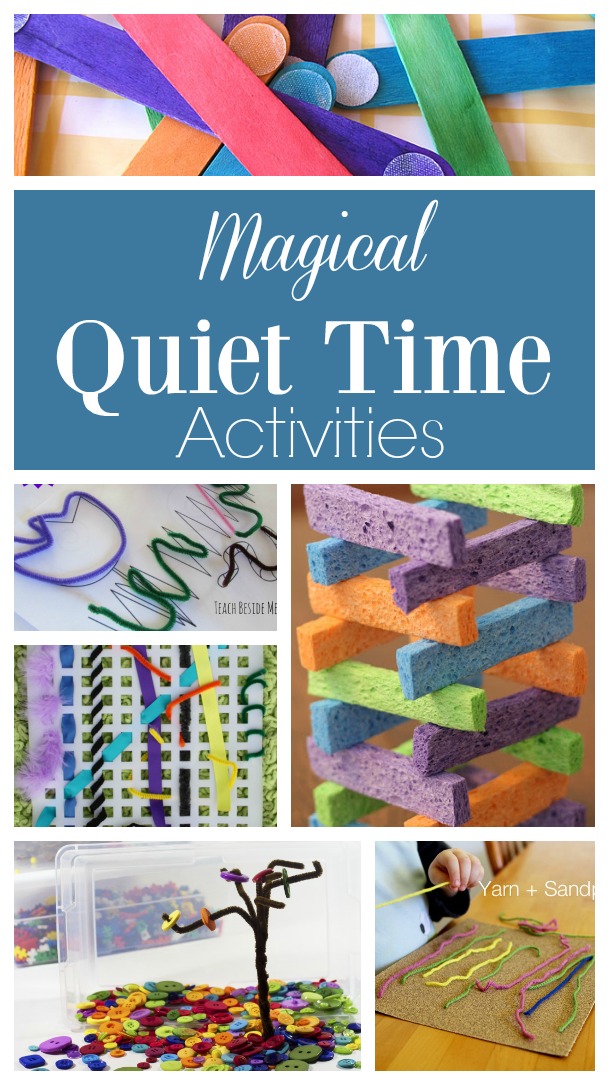 Have them plan and cook simple, age-appropriate meals or work with you. As their skills and confidence grow, their ability to be kind will continue to grow in the future.
Have them plan and cook simple, age-appropriate meals or work with you. As their skills and confidence grow, their ability to be kind will continue to grow in the future. Tell someone they did a great job
True kindness is learning to recognize someone's hard work, effort, and achievement. Teach children to see and praise others for good deeds, big or small.Use polite manners
Children may be more polite than we expect them to be. Saying “please” and “thank you” to loved ones and people in the community is an easy way to show respect and kindness to others. Other kind phrases for kids might include "I'm sorry!" and “How can I help?” Learn about the daily habits of naturally polite people.What good deeds can be done? List of good deeds for elementary school children
Every parent dreams that his child would grow up to be a worthy member of society and just a good person. Listing the desired character traits for her baby, any mother will name kindness among them.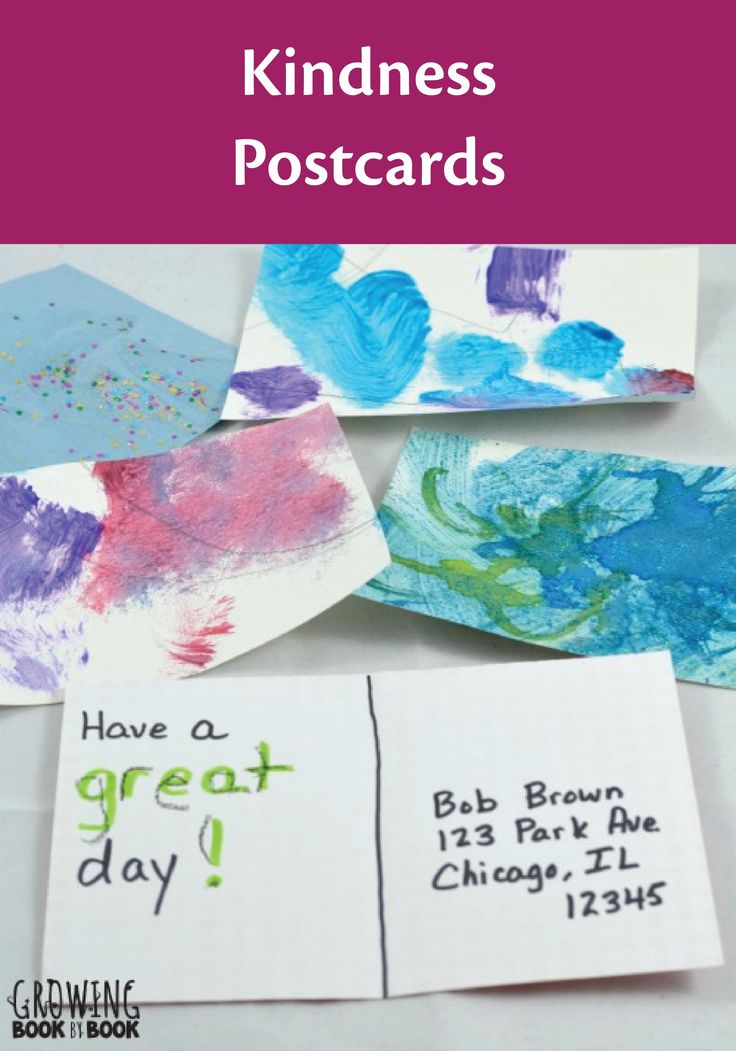 But this is such an abstract concept that it is very difficult to explain it to a first grader. Don't worry, practice will help! Let's try to make a list of good things for children right now.
But this is such an abstract concept that it is very difficult to explain it to a first grader. Don't worry, practice will help! Let's try to make a list of good things for children right now.
It is appropriate to do good in any situation
You should start with a conversation, it is very good if this topic is touched upon during the “class hour” at school, but parents at home should also pay attention to raising a child in this matter. It is important to convey to each child one simple thought: if each of us is kinder and more attentive to everything that surrounds him, the world will become a better place. You need to treat others the way you want them to treat you. Animals, nature and the entire surrounding space as a whole also need care. Remember that it is difficult for toddlers to think abstractly and extensively. It is for this reason that it makes sense to put together a list of good things to do for children. Having such a hint, the child will understand and remember exactly what is good, and will also be able to become better.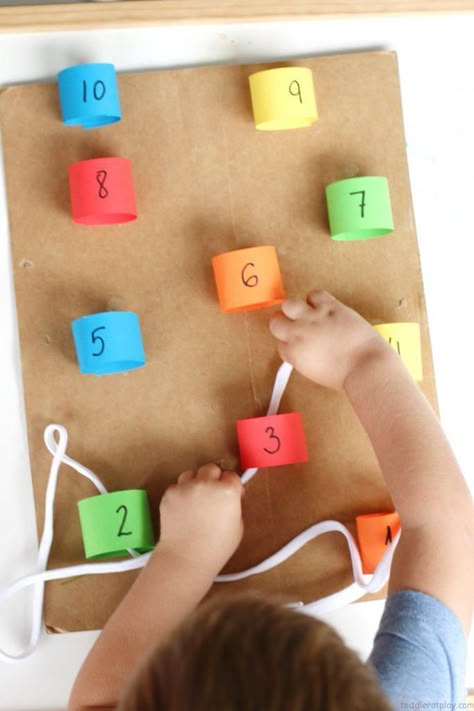 What to write in such a list? Below we will give various examples, for convenience it is useful to immediately have a large list of “significant” tasks that are performed from time to time, and a small one for every day. But be sure to make a rule - not a day without a good deed!
What to write in such a list? Below we will give various examples, for convenience it is useful to immediately have a large list of “significant” tasks that are performed from time to time, and a small one for every day. But be sure to make a rule - not a day without a good deed!
A smile will make everyone warmer!
It would seem that it is difficult to smile at the first passerby you meet or a shop assistant? And now, comrades, adults, remember with what expression on your face you most often go out into the street. That's the same, but if everyone smiled at each other, life would become much more fun and enjoyable! Tell your child how much such kindness means, and how important it is to always communicate positively with others. Let it be with the item “smile at strangers” that your list of good deeds for children will begin. But you can still say hello to housemates and sellers from stores that you regularly visit. Just try it and very soon everyone around will pick up this initiative.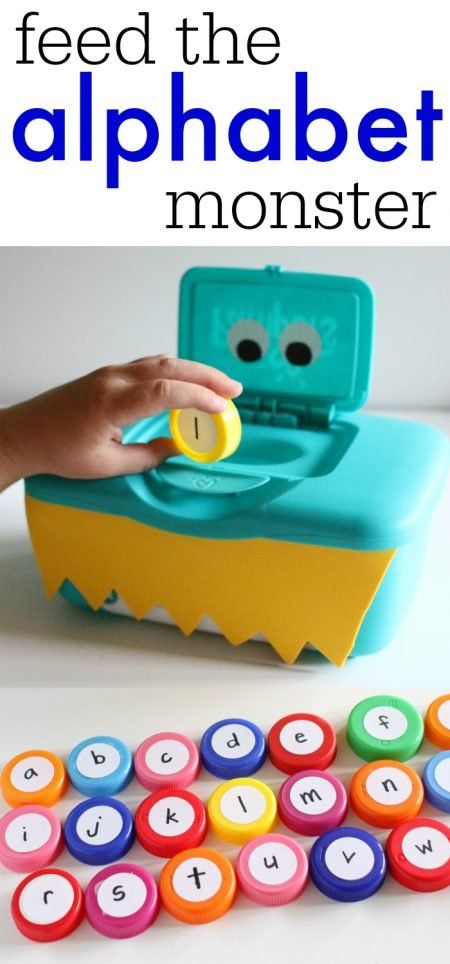 And then leaving the house you will find yourself not in a "foreign hostile world", but in the company of old friends.
And then leaving the house you will find yourself not in a "foreign hostile world", but in the company of old friends.
Giving mood is easy
Many of us lack attention to others. But it's very easy to make someone happy. You can compliment a teacher at school or even a stranger on the street. In fact, this is elementary politeness, but often we simply forget about it. So why not add the item “please others” to the list of good deeds that a child can do? And if for unfamiliar and unfamiliar people we choose only conversations, then a completely different attitude should be towards relatives. In no case should parents scold a first-grader for giving some of his small things to a school friend, sharing a pen and forgetting to pick it up, or deciding to treat a friend with sweets. On the contrary, encourage such actions, because, in fact, this is kindness.
Attention, help needed!
Most children are kind and helpful by nature. Already at the age of 4-5 years, the child considers himself quite independent and "adult" and is ready to carry out a variety of tasks and tasks.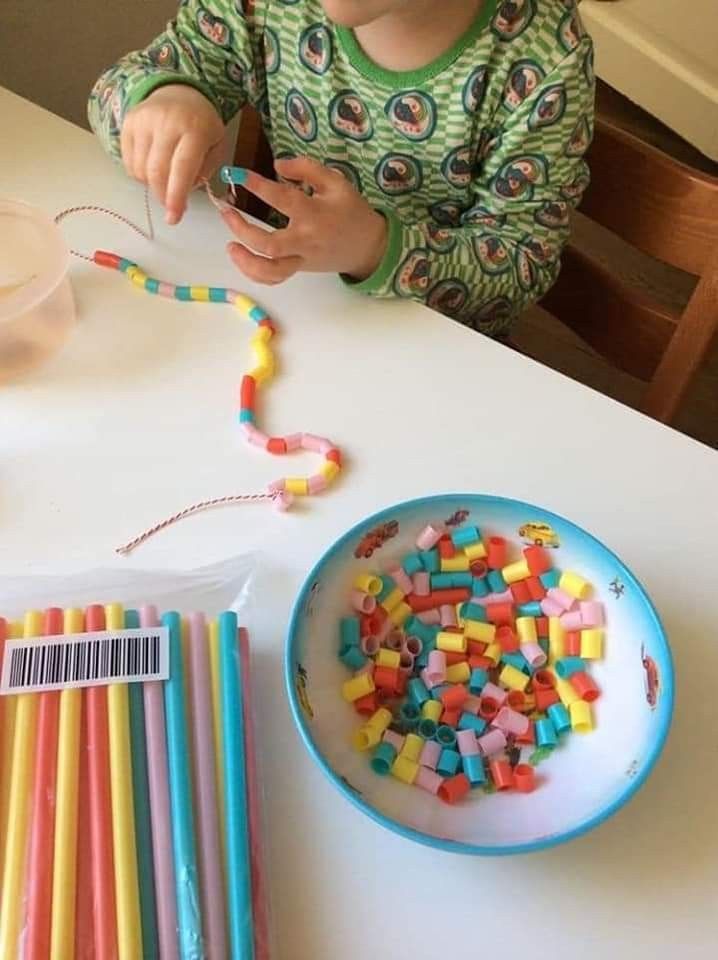 Remarkably, this is a completely disinterested urge; for his own help, the baby is ready to receive only praise. Invite the child to look around him from time to time and ask himself the question: “Who and how can I help?”. Even a first-grader can carry a stack of notebooks for the teacher, take on some of the homework, or take part in cleaning the school office. A complete stranger may also need help - to move a pensioner across the road, tell the time or road - all these "pioneer" examples can happen in real life at any time. And of course, no one should be left out if something extraordinary happens. Every child should know that if he witnesses a situation that he cannot resolve on his own, he should immediately call for help from adults and tell everything he knows about the incident.
Remarkably, this is a completely disinterested urge; for his own help, the baby is ready to receive only praise. Invite the child to look around him from time to time and ask himself the question: “Who and how can I help?”. Even a first-grader can carry a stack of notebooks for the teacher, take on some of the homework, or take part in cleaning the school office. A complete stranger may also need help - to move a pensioner across the road, tell the time or road - all these "pioneer" examples can happen in real life at any time. And of course, no one should be left out if something extraordinary happens. Every child should know that if he witnesses a situation that he cannot resolve on his own, he should immediately call for help from adults and tell everything he knows about the incident.
Caring for our little brothers
Child psychologists around the world say that it is very useful for a child's development to have a pet. The animal in the house teaches the baby responsibility, compassion and care.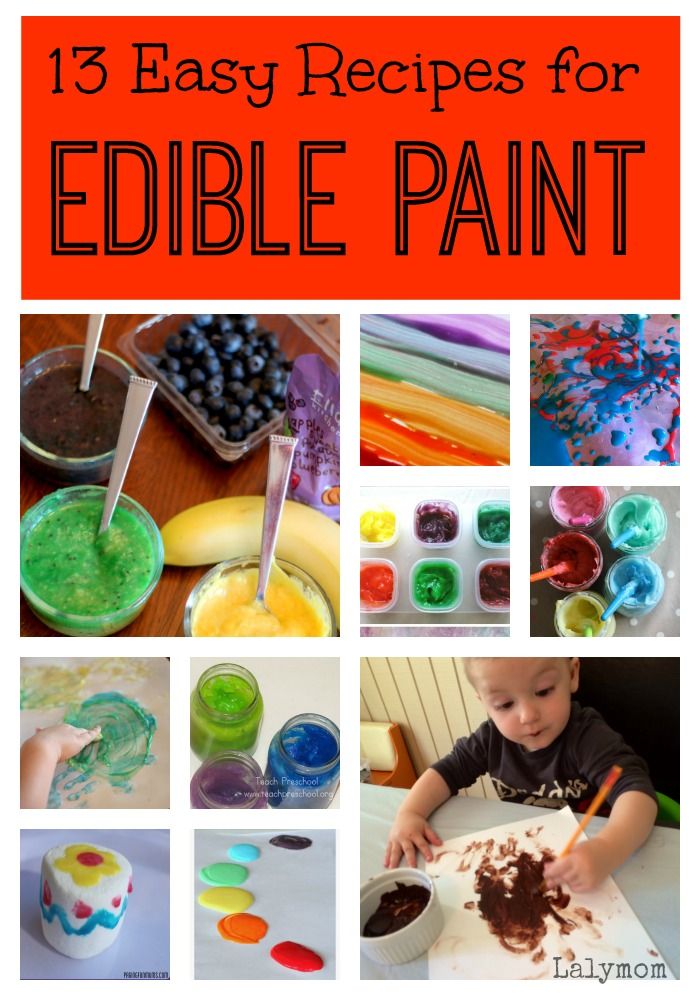 A first grader or older preschooler can take care of almost any caged pet, small to medium sized cat or dog, completely independently. But even if your family already has a pet, taking care of animals in general should definitely be included in the list of good things for children. Feed birds on the street, a stray cat or dog with your child. For birds, you can also make a birdhouse or feeder. It is very good if the school also has a living corner in which children can not only watch animals, but also take care of them.
A first grader or older preschooler can take care of almost any caged pet, small to medium sized cat or dog, completely independently. But even if your family already has a pet, taking care of animals in general should definitely be included in the list of good things for children. Feed birds on the street, a stray cat or dog with your child. For birds, you can also make a birdhouse or feeder. It is very good if the school also has a living corner in which children can not only watch animals, but also take care of them.
Nature also needs your participation
Think about how often you could do good deeds? A list for children on this topic must necessarily include concern for the environment and the environment. Going on a hike or just for a picnic? Don't forget to take a garbage bag, or better yet, several. And before you start eating or starting to set up camp, invite your child to clean up in the chosen clearing. Often, garbage is lying under our feet, even in our own yard.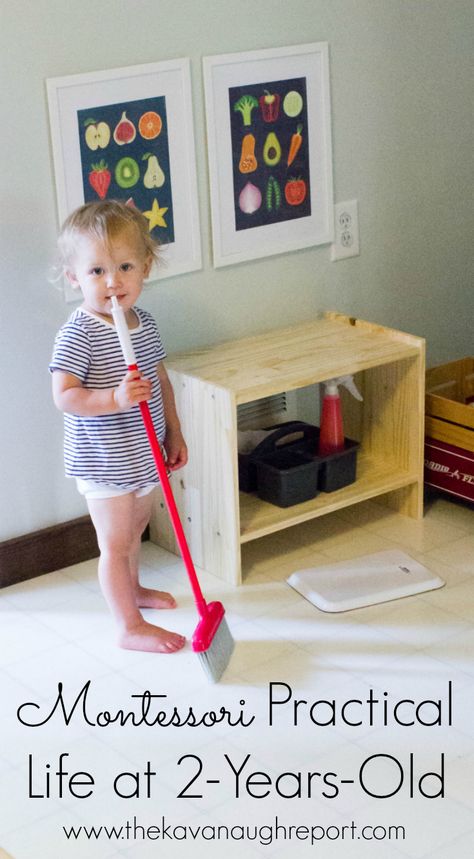 No need to be ashamed to remove it, but then it will be nice to go for a walk in a clean place. Children can also, together with their parents, set up a small flower bed near the house or grow flowers at home, on the balcony during the warm season. The list of good deeds for children 7 years old may also include helping parents or grandmother in their summer cottage.
No need to be ashamed to remove it, but then it will be nice to go for a walk in a clean place. Children can also, together with their parents, set up a small flower bed near the house or grow flowers at home, on the balcony during the warm season. The list of good deeds for children 7 years old may also include helping parents or grandmother in their summer cottage.
Know how to give and you will get more
In any home there are things that are not used and are unlikely to be needed in the future. But someone at this time is in dire need of them and sometimes cannot afford to just take and buy. So why not do a general cleaning and get rid of everything superfluous. Of course, children should do such a good deed only with the approval and help of their parents. Adults, on the other hand, should teach the child to easily part with clothes that do not fit him, boring toys and other things that are no longer planned to be used. Where to put all this wealth? You can donate clothes to some charity organization, try to attach personal items to friends and acquaintances.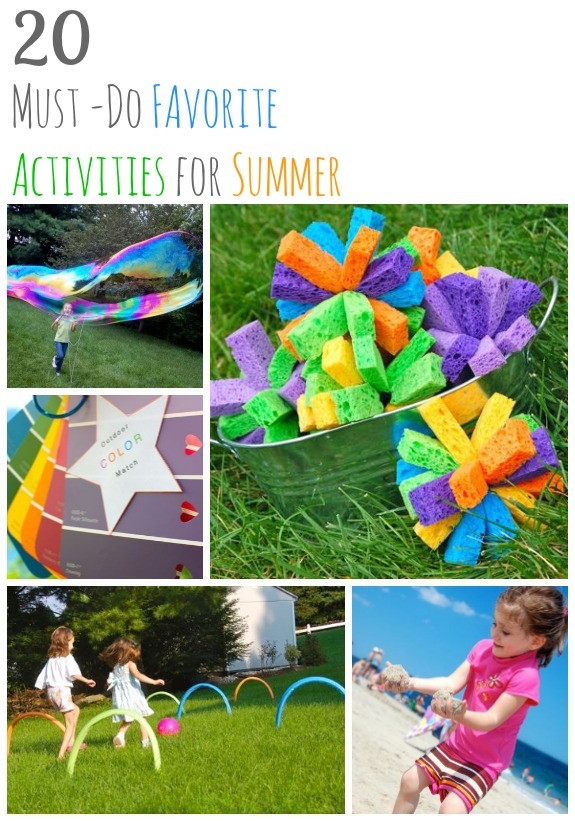 Remember a simple rule: the more you give, the more you receive - this is the law of the universe, which really works. Speaking of charity, usually at the age of 7-8 all children already have their own pocket money. Today, in many shopping centers and public institutions there are donation boxes, invite your child to drop at least a couple of coins into them from time to time, because, quite possibly, these funds will save someone's life or improve its quality!
Remember a simple rule: the more you give, the more you receive - this is the law of the universe, which really works. Speaking of charity, usually at the age of 7-8 all children already have their own pocket money. Today, in many shopping centers and public institutions there are donation boxes, invite your child to drop at least a couple of coins into them from time to time, because, quite possibly, these funds will save someone's life or improve its quality!
You can do good things in your own home
Many parents wonder if it is necessary to include in the list of good deeds for elementary school children a variety of household chores and norms of communication between households? Think for yourself, is it a good deed to help one of the relatives do homework, or to please mom or dad with a cup of tea, a gift for no reason? The answer to both questions is definitely yes. And this means that even without leaving our own home, each of us can do good deeds. The list for children of primary school age may include not only help with “housework” and taking care of pets, but also many other pleasant and useful little things.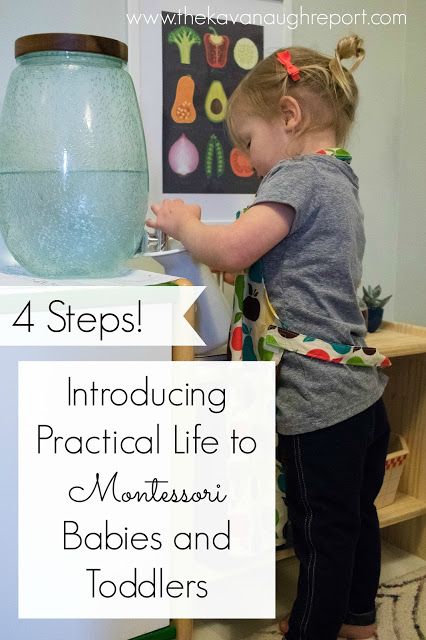 First-graders can help in the upbringing and care of younger children, if any, please relatives with gifts for no reason and offer to help in almost any business - from cleaning to going to the store.
First-graders can help in the upbringing and care of younger children, if any, please relatives with gifts for no reason and offer to help in almost any business - from cleaning to going to the store.
Together we can do more!
Participation in various charitable events brings a lot of positive emotions to children and adults. An interesting idea for the school is to organize trips to nursing homes from time to time. During such meetings, students of educational institutions can simply communicate with grandparents, present hand-made gifts, and arrange small concerts. The organization of such an event is quite simple, and the effect of it is simply amazing. Lonely elderly people are very happy with any attention, and it is pleasant and interesting for children to feel significant. Is it not for the sake of positive emotions that good deeds are done? The list for children in grade 2 may also include organizing activities for first graders or even patronizing the younger ones.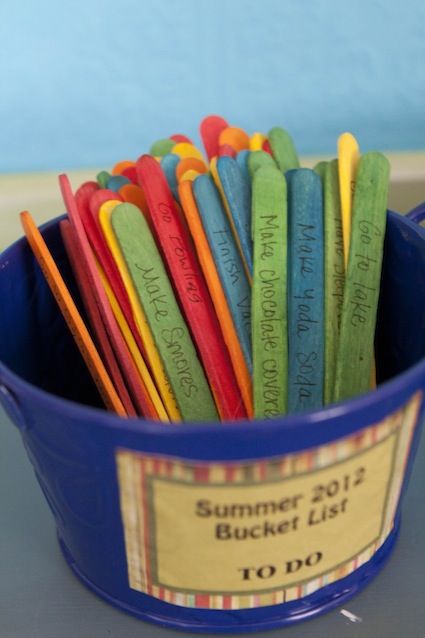 Who, if not experienced second-graders, is able to help those who have recently come to school in their studies and help solve any problems from untied shoelaces to personal relationships with peers?
Who, if not experienced second-graders, is able to help those who have recently come to school in their studies and help solve any problems from untied shoelaces to personal relationships with peers?
From idea to realization!
You've probably already written a long list of good deeds for children at school and at home, but be sure to leave the last few lines blank. Encourage your child to think carefully and come up with their own options. Some of them may seem fantastic and unrealistic, while others may well be tried to translate into reality. Of course, the participation of the child in this work does not end with ideas alone. Think together how exactly you can implement your plan and be sure to involve the young thinker in the implementation. Even with the efforts of one family or school class, you can do a variety of good deeds, the list for children in grade 1 can always be supplemented. The most important thing is that all this be done from a pure heart and completely disinterestedly.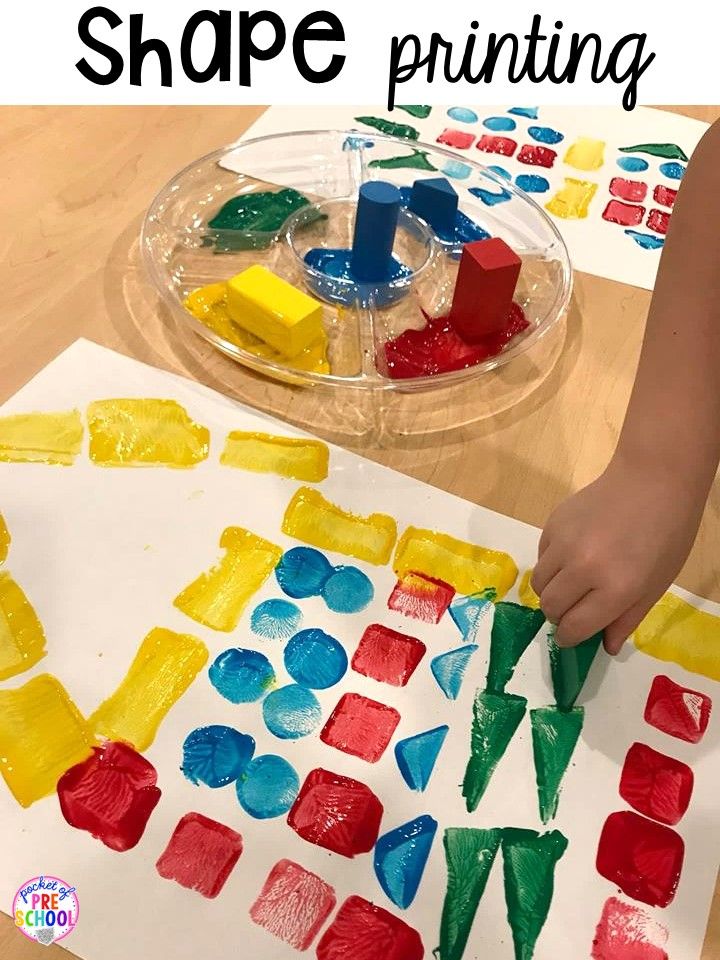
Kindness has always been highly valued, without being left without attention and worthy rewards. The Universe does not forget about a single good deed, therefore, for any such deed, it necessarily rewards those who help others disinterestedly and with pleasure. Some envy the lucky ones, but few people think that "gifts of fate" are not given just like that. After all, if a person has no desire to make the people living next to him at least a little happier, the world has nothing to thank him for.
What is the power of goodness and good deeds?
Many believe that good deeds should be performed only for those who will certainly appreciate, remember and respond in kind. However, such an opinion is a common expression of selfishness. Therefore, being in some unpleasant situation, the attitude towards them will be the same. Of course, this kind of goodness has the right to life, but true good deeds are done from the heart and without expecting any answer in the future.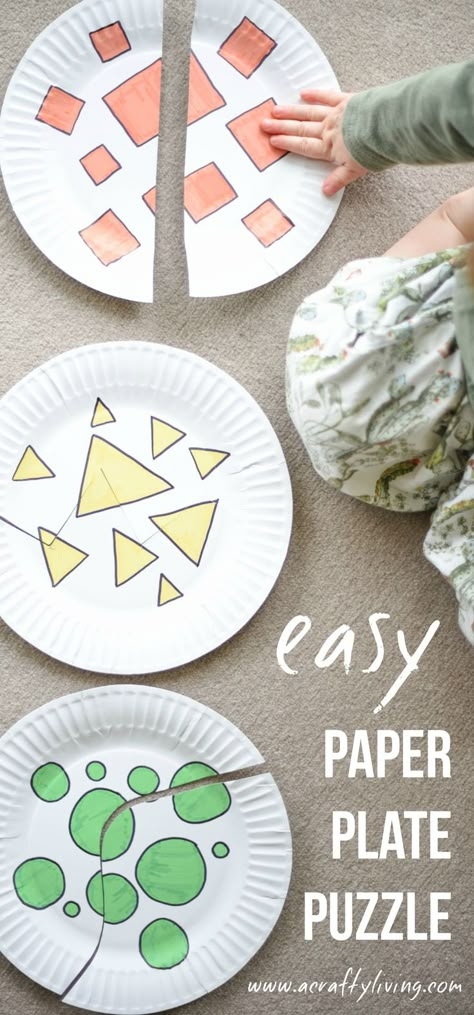
An example is those people who help those in need incognito - they do not want to attract the attention of society, but are simply glad that they have the opportunity to help those in need. What motivates people to do good deeds? There are many answers to this question:
- The desire to calm the soul, because a good deed will help another person solve some problem. Basically, the “boomerang effect” is turned on, which means that a person after doing a good deed will receive much more good.
- The ability to imagine yourself in a difficult situation, when you can't solve it yourself, and someone's help is required. Therefore, you should treat others as you would like to be treated.
- When doing good deeds, a person feels happy.
- Unfortunately, there is a lot of evil on our planet. Its number could be significantly reduced if everyone did at least a few good deeds.
- When at a certain period of time a person feels himself unnecessary to anyone, he just needs to perform some kind deed, and this feeling will disappear very quickly.
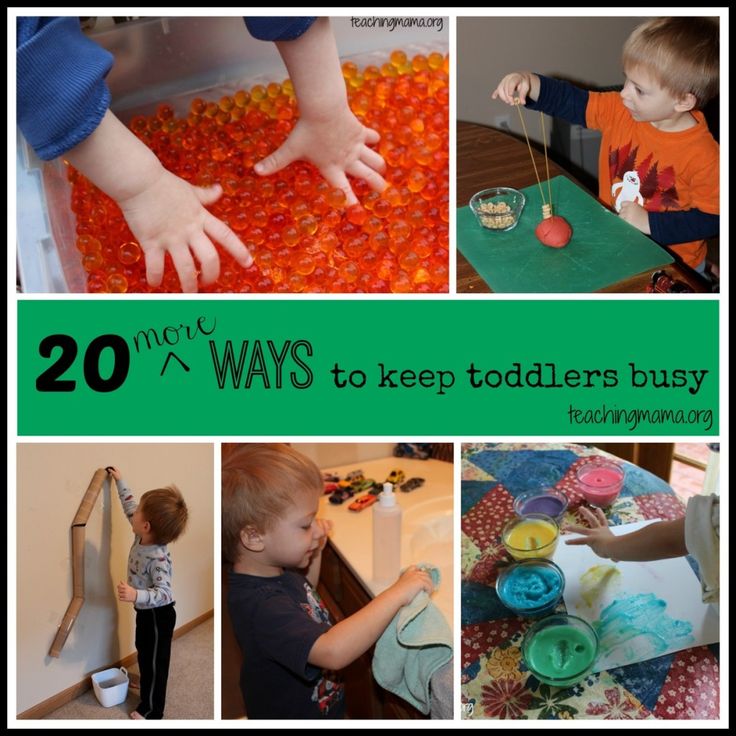
- The good that a person has brought to people, even secretly, will surely correct his fate and make him more successful and happy.
If a black streak has come in life, and troubles have been constantly haunting you for a long time, you can solve problems by contacting a traditional healer. At the same time, it is very important that he be a professional in his field. Therefore, you should first read the reviews of people whom he helped earlier in solving similar problems.
How to learn to do good deeds?
Before starting any business, you should analyze the upcoming work and assess your own readiness for work. The essence of good deeds is that they go from the heart, and not according to the instructions of someone. Kindness should not be expected in return for such an attitude. A person's actions must be disinterested, otherwise he may be disappointed in people.
It is important to understand that good deeds include an attentive and polite attitude towards people.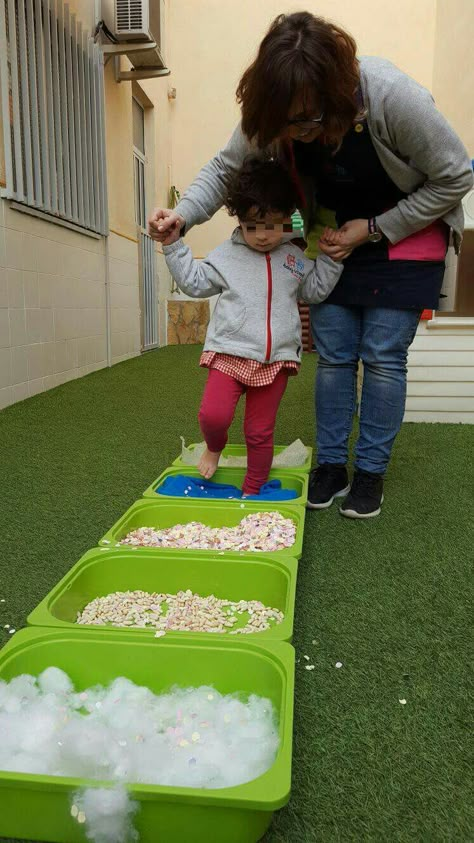 In order for relatives and others to make a good opinion about a person and consider him humane and decent, it is not necessary to perform feats every day. It is enough to take care of relatives and, if possible, help those in need.
In order for relatives and others to make a good opinion about a person and consider him humane and decent, it is not necessary to perform feats every day. It is enough to take care of relatives and, if possible, help those in need.
Any, even the smallest and most insignificant good deed has tremendous power. A person who received help during a difficult period of his life remembers this for many years. However, the most valuable thing about goodness is its contagiousness. The more pleasant things, the better the mood of the surrounding people and the higher their desire to also do good deeds. About what else is needed in order to find female happiness, the fair sex can learn from the article on our website.
What good deeds can be done daily? There are a huge number of examples:
- skip a person who is in a hurry, without a queue;
- feed a homeless puppy or kitten;
- give valuable advice to a person who needs it;
- send a message to a friend with kind words;
- give someone a seat in the transport;
- give your friend a small anonymous gift;
- stand up for an unjustly offended person, even a stranger;
- help an elderly person carry a heavy bag home;
- leave an interesting newspaper or magazine you have already read in a train car;
- help the old lady cross the road.

All these actions will not take much time or money, but they will bring a lot of joy not only to those who receive help, but also to those who provide it.
Good deeds and indifference
Indifference and kindness are two opposite and incompatible concepts, unless, of course, we are talking about bright thoughts and actions that come from the heart, and not performed for selfish purposes. What is evil? We are told about it daily on radio and TV, telling about the facts of committed hooligan, violent or military actions.
But evil people are not only rapists, robbers or murderers. One can also call evil a person who is indifferent and indifferent to the grief of his neighbor. People need to learn to respond in a timely manner to the manifestation of anger and try to resist it by all means. Whether a person will be able to ignore the one who stretches out his hand, asking for help, depends on what his channel of good deeds is - whether it is clogged with evil.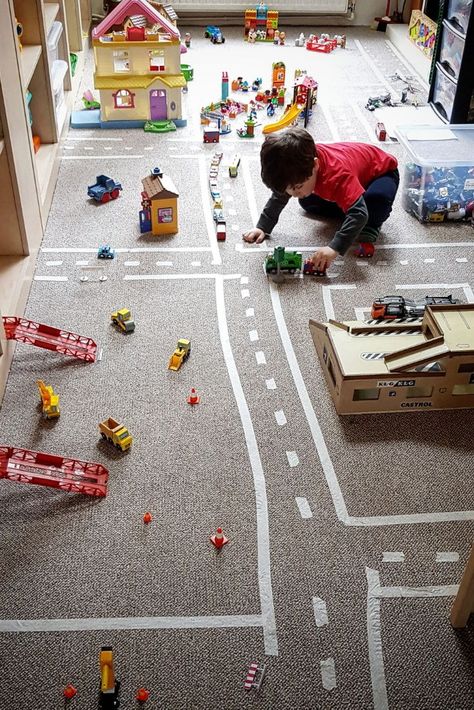
A kind person will definitely help the one who asks, realizing that perhaps this is the only way to his salvation, and an evil person will pass by indifferently. Moreover, all people have different views on good and evil, so not everyone understands that indifference is evil. By visiting our website, you can learn how to protect yourself and your loved ones from evil and negativity, as well as learn interesting information about superstitions, reincarnation and much more.
Hurry up to do good deeds
This call does not mean that you need to be kind to everyone and try to please absolutely everyone. This refers to the spiritual kindness that comes from a pure heart and determines the quality of the human soul. In our time, there are more and more ambitious, tenacious, selfish people who strive for leadership and do not tolerate rivalry. All these traits are valued by teachers, employers and allies.
Developing them in oneself, a person involuntarily brings himself to a stressful state.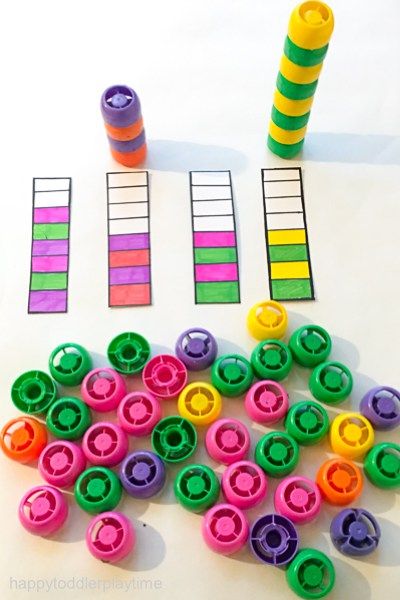 Such a consumerist attitude to life leads to the fact that few people remember selflessness and kindness. But, having done a good deed, many realize how pleasant it is. In addition, no one has canceled the law of attraction, so what a person gives will definitely return to him doubly. After all, by doing good deeds, people attract the good forces of the universe. Accordingly, the evil done to someone will return with destructive force. Everything is very simple:
Such a consumerist attitude to life leads to the fact that few people remember selflessness and kindness. But, having done a good deed, many realize how pleasant it is. In addition, no one has canceled the law of attraction, so what a person gives will definitely return to him doubly. After all, by doing good deeds, people attract the good forces of the universe. Accordingly, the evil done to someone will return with destructive force. Everything is very simple:
- give love - receive love;
- to give banknotes - to receive welfare;
- give positive energy - receive healthy energy.
Good thoughts and deeds have a healing and life-giving effect on the human body. His face and voice become more noble, and his appearance is much more attractive. It is this miraculous power that good has. It is necessary to hasten to do good deeds in order to restore and strengthen your body. But anger and hatred have a negative effect on the body.
Each person can choose for himself the life he wants.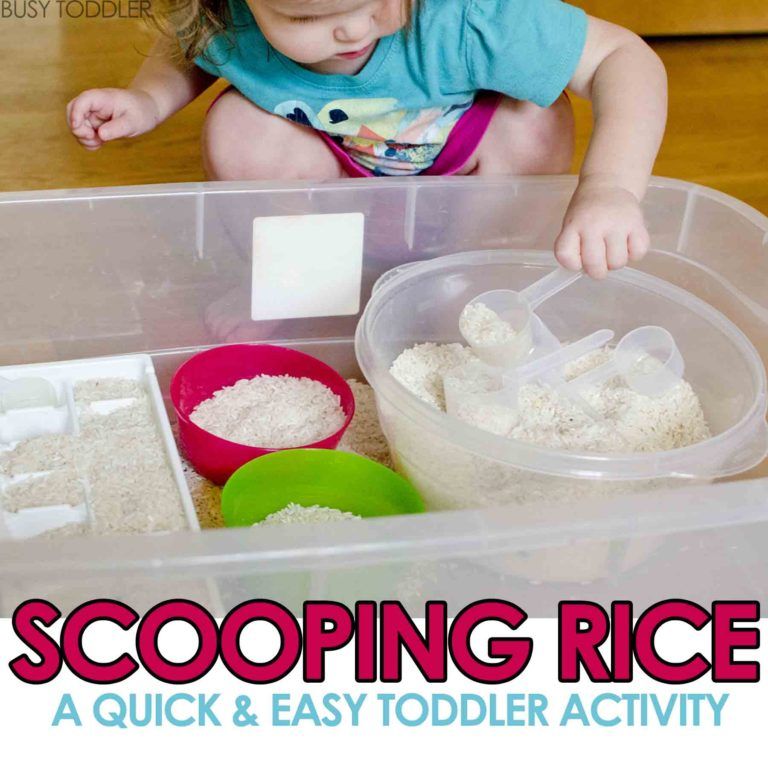 But if you live in love for everything, for the world around you and people, then you can attract positive energy to yourself. And anger and hatred attract negative energy, which constantly creates difficult life situations. What is happening to a person now is a consequence of his thoughts and actions from the recent past. By doing good deeds, people become the creators of their destinies. And for the bearers of the light of love and grace, there are no obstacles!
But if you live in love for everything, for the world around you and people, then you can attract positive energy to yourself. And anger and hatred attract negative energy, which constantly creates difficult life situations. What is happening to a person now is a consequence of his thoughts and actions from the recent past. By doing good deeds, people become the creators of their destinies. And for the bearers of the light of love and grace, there are no obstacles!
Good is the highest moral and moral values, in relation to which other categories of concepts are equated with the number of secondary ones. It will characterize the benefit for a person of any thing. But what is good?
What is a good deed?
Speaking about the moral attitude of kindness, it can be the performance by a person of certain actions, the influence of which is directed directly to obtaining the highest good not for himself personally, but for others.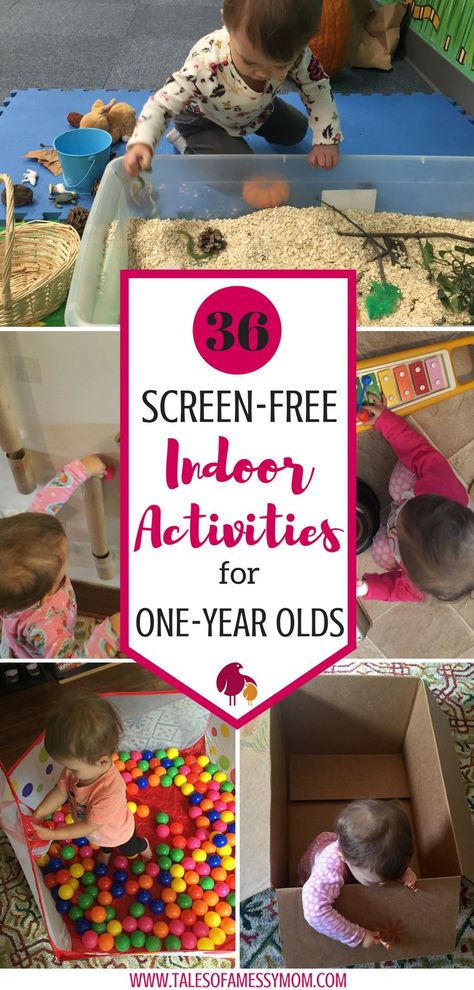 A good deed is something that is done without pursuing a selfish goal or benefit. It should be aimed at overcoming misunderstanding with others and instilling in people philanthropy with humanism.
A good deed is something that is done without pursuing a selfish goal or benefit. It should be aimed at overcoming misunderstanding with others and instilling in people philanthropy with humanism.
Ever since the dawn of the world, humanity has never ceased to consider what kindness can be capable of, thanks to which it becomes possible to achieve truly perfect relationships in society. There is a theory that it is more difficult for a kind person to live than an evil one, because in his actions he will never pursue selfish goals or try to ruin someone's life.
Good can be attributed to a general concept, while virtue will be a subjective quality. It is it that determines whether a particular person has such qualities as mercy, generosity, thrift, generosity, courage and justice. Few people know, but the qualities of virtue require a person to have the right upbringing, because to be kind means to be able to find compromise solutions, to yield in something and always go to the aid of one's neighbor.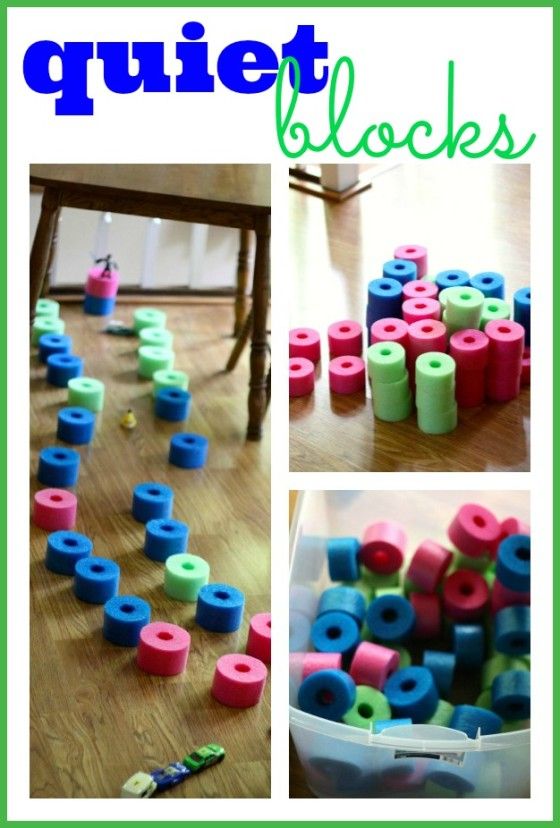
If we talk about the moral side, then exactly two parts will be inherent in goodness - this is internal and external. In the first variant, the person himself is supposed to think about his actions and actions that belong to the category of virtue. It is the social side of the concept of good that will refer to the external side - what can be considered good, as well as what significance it has for humanity.
It is the external side of good that will regulate human relationships. This is an excellent basis for the development of friendship, as well as camaraderie. These relationships will include goodness as the basis of mutual understanding. Philosophy has been studying this concept in detail for many years.
What is the difference between good and evil?
Every day every person performs a large number of various actions, while some can be planned, while others are spontaneous. Often no attention is paid to this.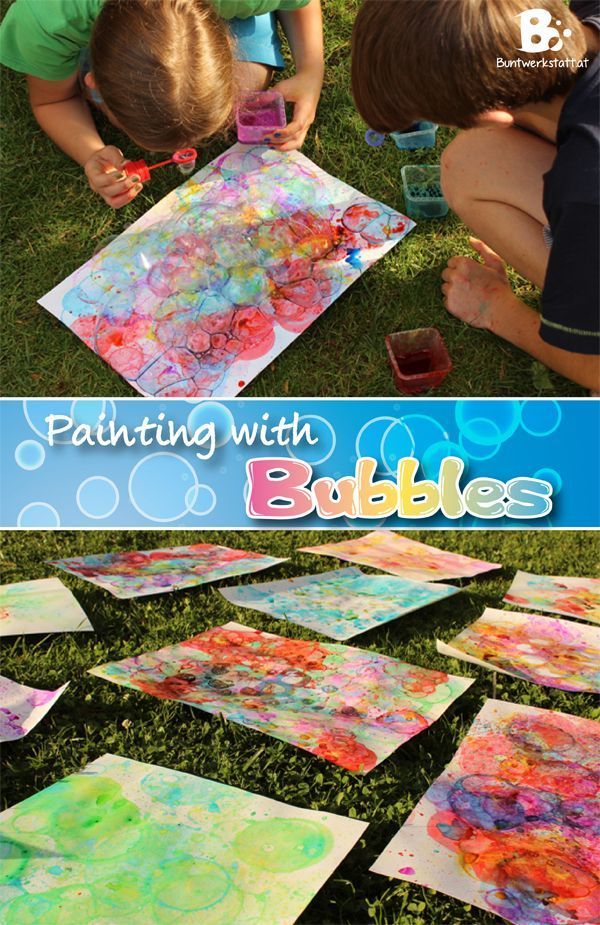 Of course, some actions will be good and others bad, but in everyday life it can be very difficult to determine the thin line between evil and good.
Of course, some actions will be good and others bad, but in everyday life it can be very difficult to determine the thin line between evil and good.
A good deed is one that will benefit others, and not just yourself. They should be performed not in order to benefit from this, but free of charge. Only a sincere and open person can do good.
The concepts of good and evil are considered to be simply distant forms of consciousness of society, which is why they can be interpreted as paired categories that relate to morality, ethics, and morality.
Good is different from evil, and they are not paired categories. These two concepts are considered the initial principles of the structure of the world, while from time immemorial they have been in opposition to each other.
Good and evil throughout the existence of the world are next to each other, but at the same time they are completely opposite. Quite often it happens when these two concepts are confused in the daily bustle.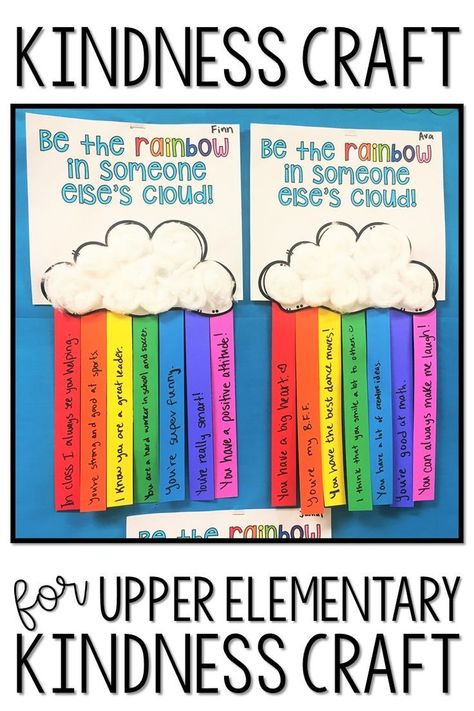 This is due to the fact that occasionally people are forced to do not the best deeds, trying to prevent even greater evil.
This is due to the fact that occasionally people are forced to do not the best deeds, trying to prevent even greater evil.
Good will always be where there is morality, while the souls of people must remain unspoiled and unspoiled. If every person at least tried to make someone happy, then people all over the planet could become really happy.
There are times when it is very difficult to do good deeds and this happens solely because of the presence of negative experience. Unfortunately, life is arranged in such a way that doing good to someone in almost all cases will result in evil in return. Therefore, it is believed that these two concepts are interconnected and are always side by side.
Cycle of goodness (video)
The problem is not even that a person subconsciously wants to ruin your life, most likely, he, like many others, expects some kind of reward for good deeds.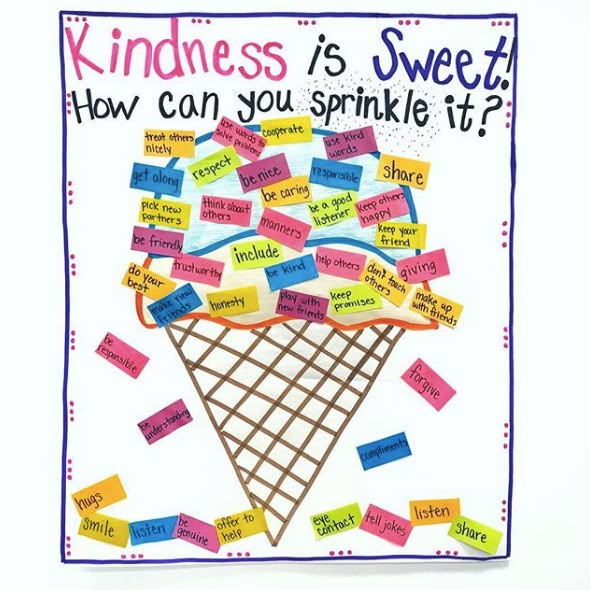 If it is not there at all or seems insignificant, then the understanding comes that while remaining good, it will be very difficult in life.
If it is not there at all or seems insignificant, then the understanding comes that while remaining good, it will be very difficult in life.
As a rule, this opinion is only a delusion. In fact, if good is done, it returns sooner or later, but this may not happen immediately and completely from other people. It is best to do good deeds so that no one knows about it, and soon the world will pay back in the same coin, and the reward will be so great that you could not even dream of it.
From childhood, a child is taught certain rules of social behavior. "Do good" is one of them. However, for various reasons, both children and their parents often do not comply with this rule, nevertheless, this has little effect on their lives. So is it worth it to do good to other people?
Doing good, you get joy from it
People are not alike due to different types of upbringing, social habits and outlook on life. The more you do good, the more happiness you get.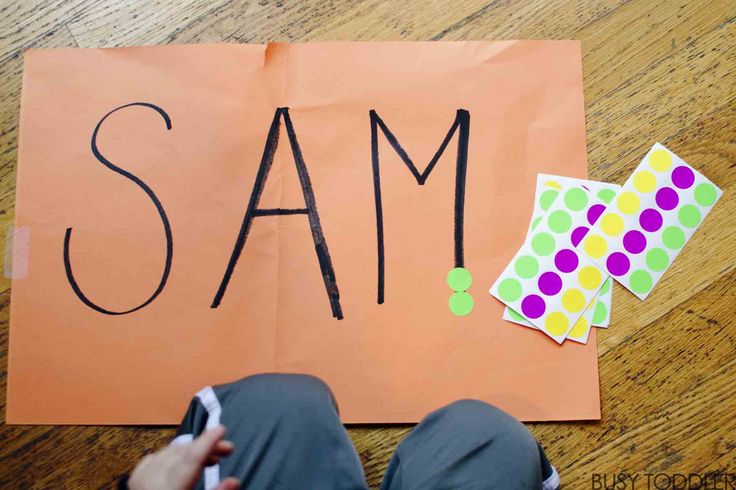 Is it true? For some, it is a great joy to feed a hungry kitten, curled up on the threshold of the entrance, and someone will pass by and not even notice him. And the point here is not that someone is able to help, but someone is not. Basically, everyone can help, but it's only a matter of desire. Kindness fills the human soul with happiness, because there is nothing better than to see gratitude on the face of the person you helped. Having done good, a person feels the same pleasure as the person whom he was able to help. But not always.
Is it true? For some, it is a great joy to feed a hungry kitten, curled up on the threshold of the entrance, and someone will pass by and not even notice him. And the point here is not that someone is able to help, but someone is not. Basically, everyone can help, but it's only a matter of desire. Kindness fills the human soul with happiness, because there is nothing better than to see gratitude on the face of the person you helped. Having done good, a person feels the same pleasure as the person whom he was able to help. But not always.
Good is the basis of a person, his core, aspiration and faith. If this quality is not in a person, he will not try to do good, because he does not understand what good it can bring specifically to him. Such people are selfish, and they, not doing good, turn into evil people. How to react to such people and should they be treated kindly?
Is it necessary to do good to evil people in order to kill evil?
On this score, wise people have one answer: good people and evil people cannot be treated equally, good people deserve a good attitude, and evil people deserve a fair one.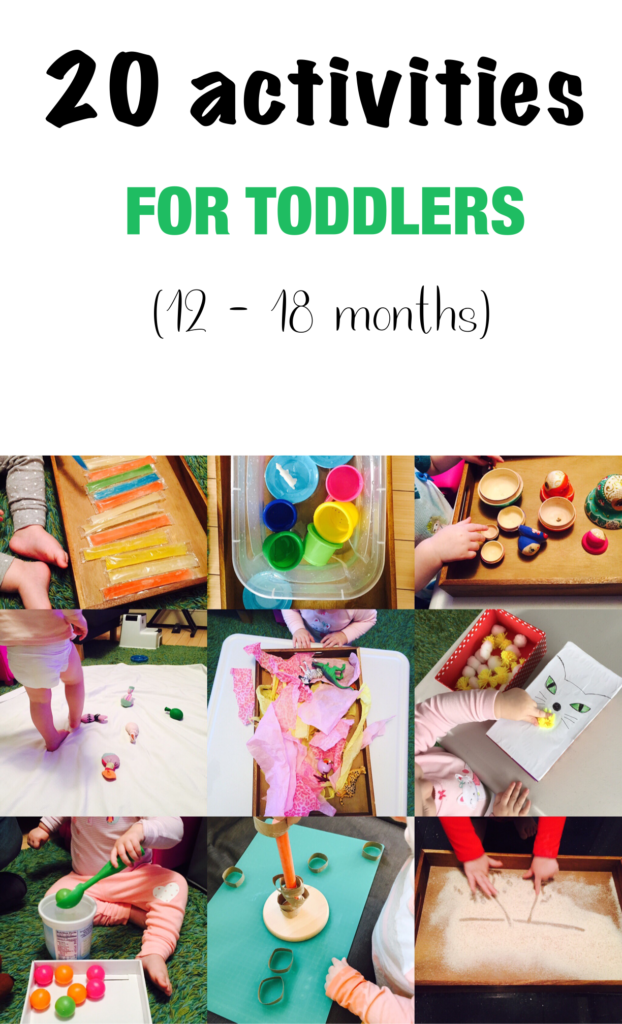 It is hard to disagree with this, since other behavior simply contradicts human nature - now it is quite rare to meet a person who, after being hit on the cheek, is ready to substitute another. People get used to the fact that they are forced to survive, which means they are forced to fight evil. At the same time, evil cannot be punished by evil; other peaceful ways should be sought.
It is hard to disagree with this, since other behavior simply contradicts human nature - now it is quite rare to meet a person who, after being hit on the cheek, is ready to substitute another. People get used to the fact that they are forced to survive, which means they are forced to fight evil. At the same time, evil cannot be punished by evil; other peaceful ways should be sought.
Evil deeds inevitably poison the human soul. Deal with evil people according to justice. For example, if one person constantly offends another and does bad things to him. Neither words nor requests help, and even an indifferent attitude has no effect on the villain. If you answer him in the same way, this can be perceived as evil, and, in principle, if you act like an offender, you yourself differ little from him. What does fair mean? This means that since a person does not deserve a good attitude, he should be treated with disdain and nothing good should be done to him. In any case, the measures of justice are different for everyone, so everyone is free to choose for himself what fair revenge on evil means to him.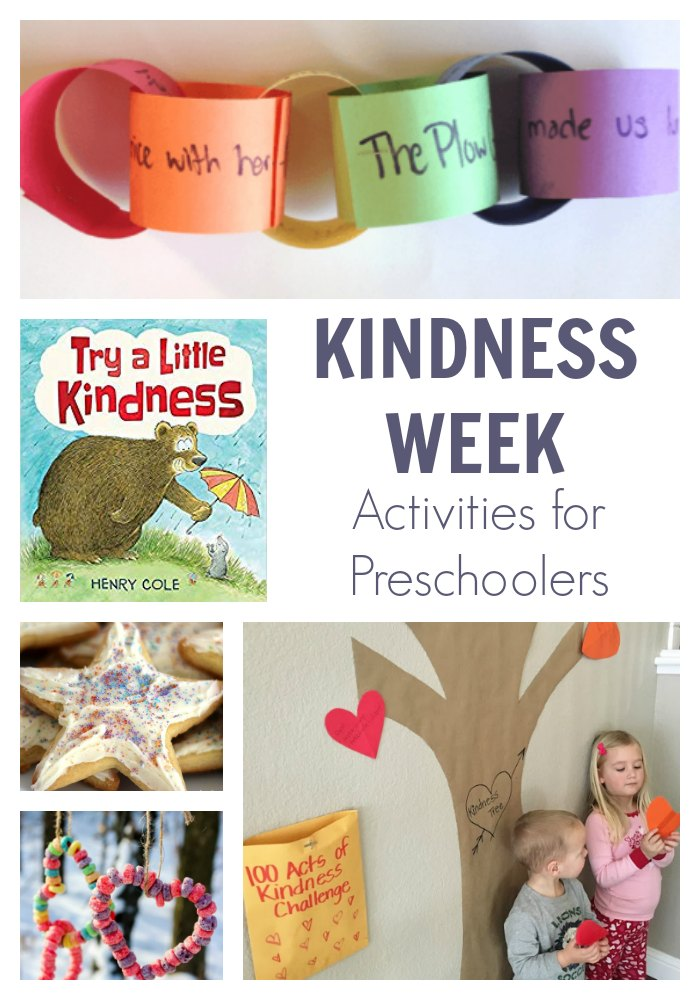
Good cannot be indifferent
Everyone watches how much evil is happening on our earth - wars, murders, terrible diseases, accidental deaths. And many troubles, unfortunately, occur not only because someone does evil, but because good people do not want to resist him and silently watch what is happening. And this behavior has been equated with evil by many thinkers. It should be suppressed when it is just beginning to emerge, and one should not wait with good deeds, since any expectation can bring more trouble than evil itself.
Is it possible to pass by a person who sincerely asks a passerby for help? Perhaps it depends on his participation whether the sufferer can survive or not. If his hand is pushed away, it will also be evil. Unfortunately, people do not always understand that they are doing evil, since the measures of this concept are different for everyone, and evil itself is never recognized as such by its nature. Therefore, every day you need to sow the seeds of good around you, and soon they will sprout a lush garden for those who sincerely did good deeds.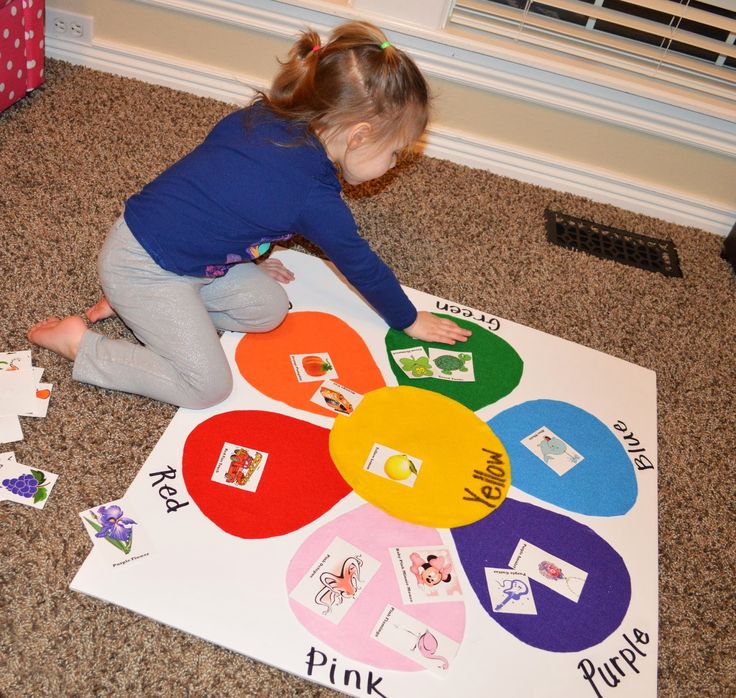
Good does not need to be counted like apples in the market
If you ask several people about the reasons why they do good, the answers will be different. Someone does it by the will of his soul out of good intentions, and someone does it for himself. And the point here is not a simple joy from the fact that a person has shared his kindness with someone, but that he will expect that he is now obliged to do good. In this regard, folk wisdom has one answer - good does not tolerate calculations and entries in the calendar. A person should not expect that because of good deeds all the stones in his path will be removed, he should accept all subsequent events humbly.
One should do good and not expect reward. You should not live by the rule “you - to me, I - to you”, because the rules of trading in the market cannot be applied to human relations. If a person who has been helped is required to do something in return, it turns out that good can be bought and sold, but this is not so.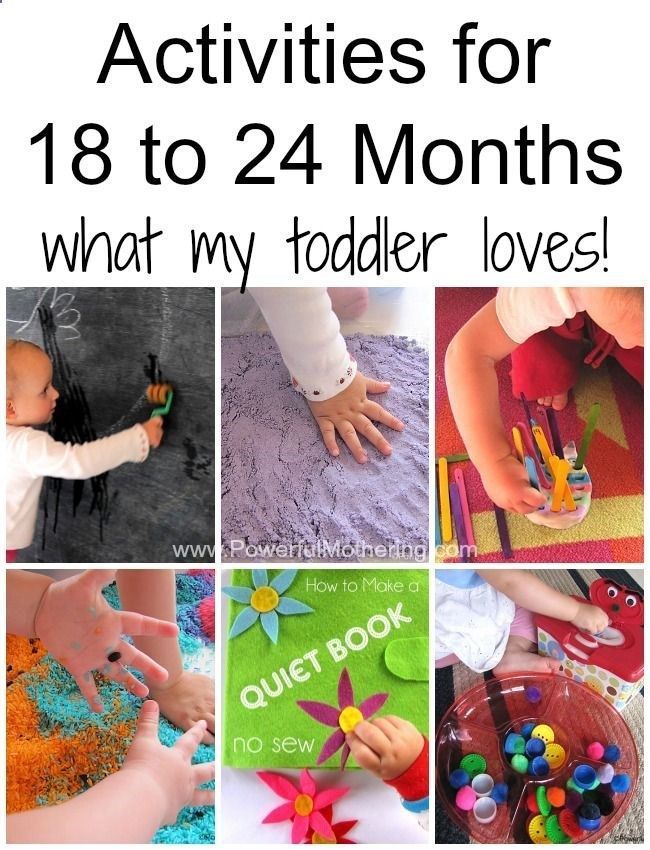
Taking away love for kindness - you take away the charms of life
Kindness is smiles, laughter, joy and happiness both for those who have done good and for those who acted kindly. Human nature is such that people feel the need to take care of someone and help someone. For some, helping themselves is the main task, and these are selfish people who will never know what real happiness is. For others, doing good is as much a necessity as breathing and eating. Without doing good, a person feels empty and useless. Therefore, if a person strives to do a good deed, one cannot dissuade him from this, since this is the meaning of his life.
Do good - and you will avoid evil
Good is like a boomerang - it will definitely return to the person who did it. The same goes for evil. Any bad thoughts and deeds will be avenged, and good deeds will be rewarded with good. People who do good to others gradually drive out evil from the world, which means they reduce the possibility of its appearance.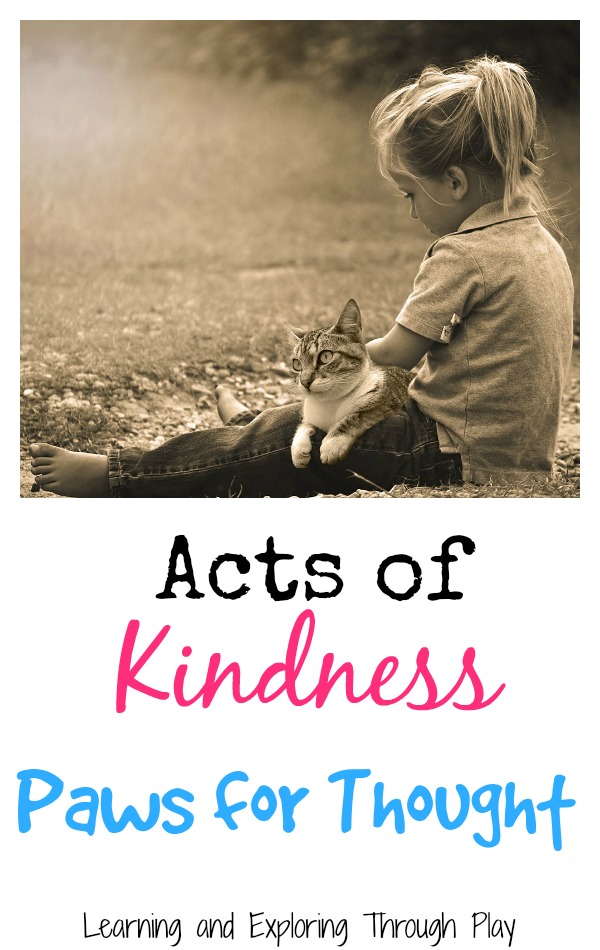 Today you will help the needy and save him from starvation, and tomorrow someone will donate money for an operation to a terminally ill person. Thus, good will spread and soon conquer the manifestations of evil.
Today you will help the needy and save him from starvation, and tomorrow someone will donate money for an operation to a terminally ill person. Thus, good will spread and soon conquer the manifestations of evil.
Bad habits do not get along with good ones
Whether it is possible to learn to do good is a moot point. In many ways, it depends on the person himself, and whether he is ready to give up his desires for the sake of a good deed. Already one desire to become kinder is worth a lot and is the basis for one's re-education. Kindness today is a rather scarce quality, but it depends on it whether this world can still exist or will die soon. According to aphorisms, evil character traits completely recede before good deeds. By doing good and seeing its consequences, a person will never again be able to do evil.
Kindness creates a small world around a person, where good mood, smiles, happiness and kindness reign. Is it possible to leave this world voluntarily? Only if a person has a natural attraction to evil.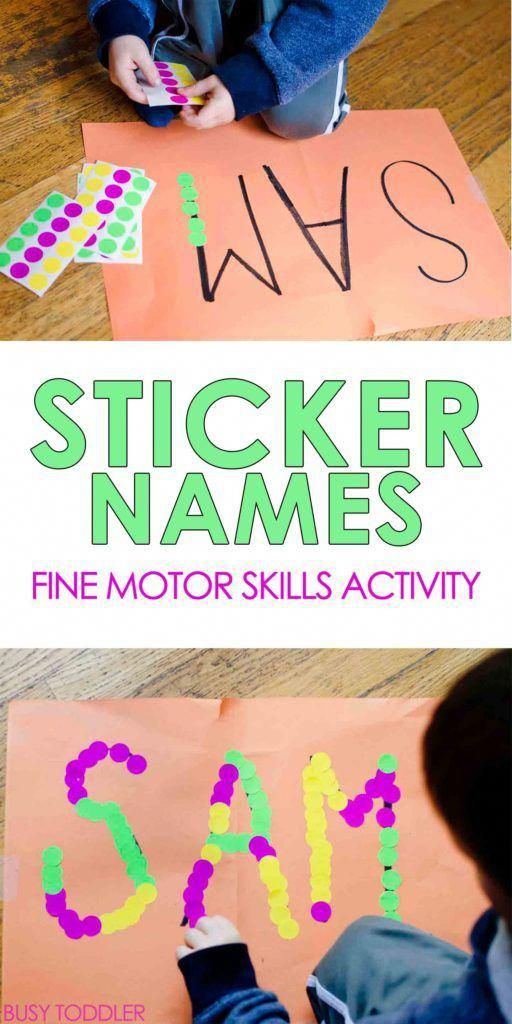 It is psychologically important for him to see the suffering and pain of other people, and most often such a need arose in a person because of a difficult childhood, which is why you should not allow a child to be unhappy and lonely, even if he is a stranger to you.
It is psychologically important for him to see the suffering and pain of other people, and most often such a need arose in a person because of a difficult childhood, which is why you should not allow a child to be unhappy and lonely, even if he is a stranger to you.
Good must be done unconditionally and immensely
Good is a thing that cannot end, and therefore it should be shared with all who need it and who deserve it. There are so many unfortunate and desperate people around, for whom the kindness of others is salvation. You should not save on kindness, if you have the opportunity, help and do a good deed. It’s wonderful when you feel the strength to help, it means that you don’t live in vain on this earth. Do not make good conditional, because a good deed done by decree loses its power.
Aphorisms about goodness
There are a lot of arguments about the nature of goodness and the need to do good deeds, with the help of them the sages shared their wisdom, outlook and life experience.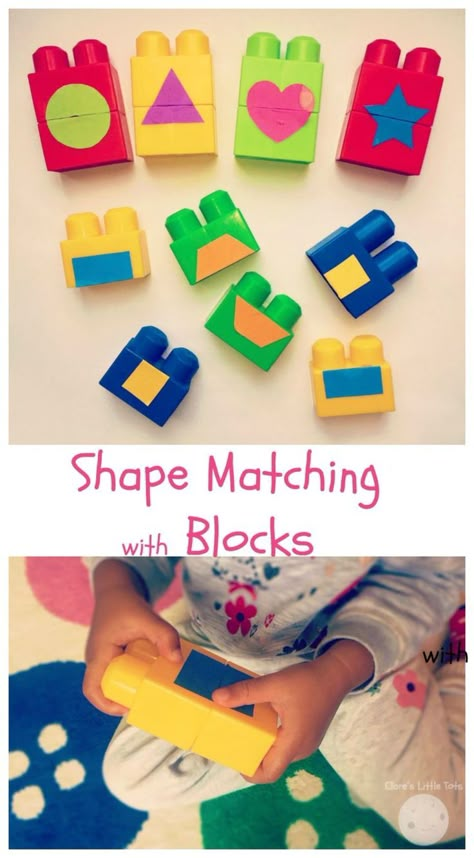 Aphorisms about good have a very deep meaning and help a person decide for himself whether it is worth doing good or not. One of the well-known aphorisms says that one who talks too much about doing good, loses the time allotted for doing good deeds.
Aphorisms about good have a very deep meaning and help a person decide for himself whether it is worth doing good or not. One of the well-known aphorisms says that one who talks too much about doing good, loses the time allotted for doing good deeds.
The meaning of many aphorisms is that doing good is true joy, and that trying to take away the desire to do good is equated with trying to take away the charm of life. Also, there are often aphorisms that good is immortal, and good deeds must be paid only with good.
It's time to do good! Create it and be happy!
Every great thing starts with small steps. To practice virtue, one must begin to live it. To do this, try from tomorrow to say pleasant words to all your loved ones and praise for what you have done. But do not overdo it so that your words do not seem like mere flattery to others. People are very sensitive to the line between sincerity and pretense.
In the movie "Route 60: Road Stories", which can already be called a cult movie, the hero Bob Cody advises: "Speak, think what you say.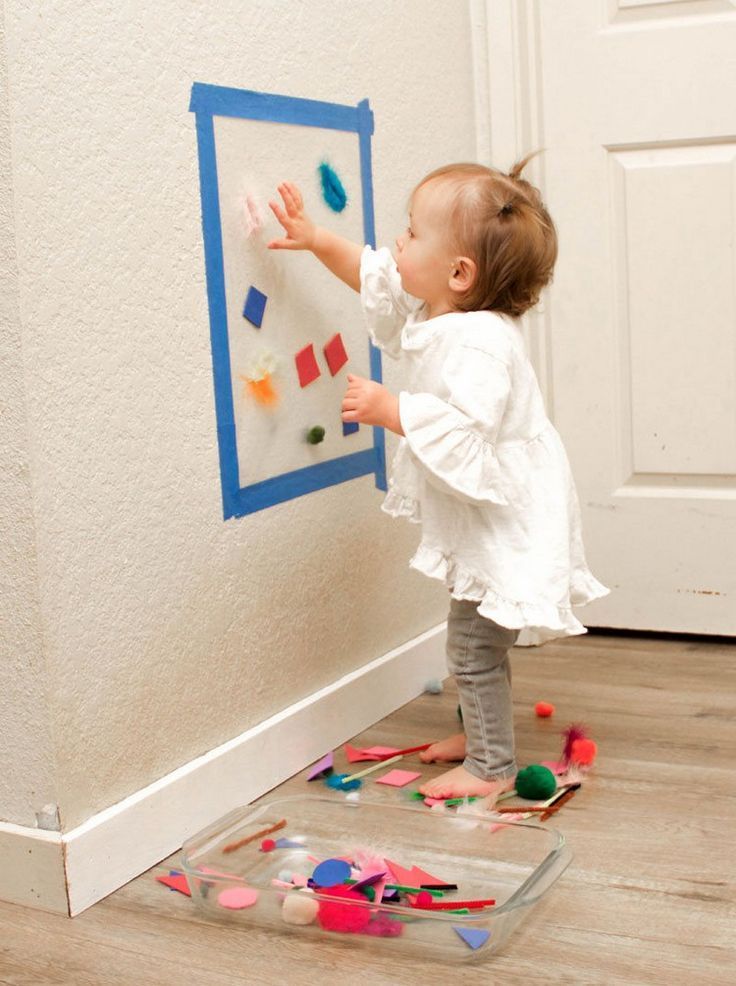 " Follow this rule when you speak kind words to others - do not lie, but do not offend what was said.
" Follow this rule when you speak kind words to others - do not lie, but do not offend what was said.
Who needs help?
Look around: there are many people who need help. Elderly people, disabled children, the poor are those who need help all the time. But this does not mean that you need to immediately pounce on the first passer-by grandmother to help bring her bag home.
Find out if there are community organizations in your city that do good deeds. Often organized joint trips to orphanages, fundraising for orphans, regular visits to veterans. Even if you become a donor, you will already help at least one person survive.
But don't forget other people. Help is needed not only for the socially weak and limited, but also for a full-fledged person. You can help someone with an ordinary conversation. But never try to help everyone - it is impossible, and it is not necessary. Do good only to those who need it, and only when your desire is sincere.